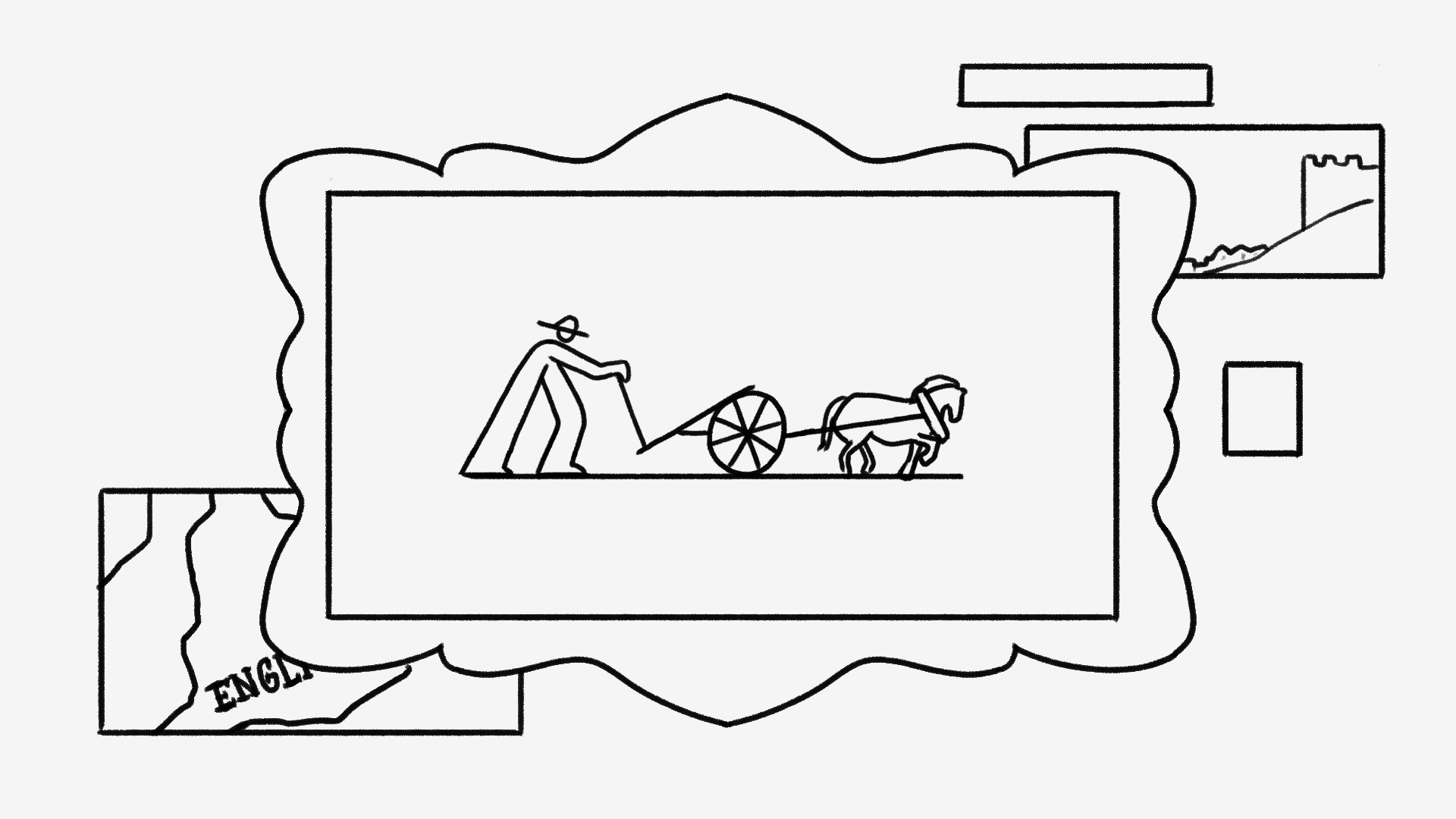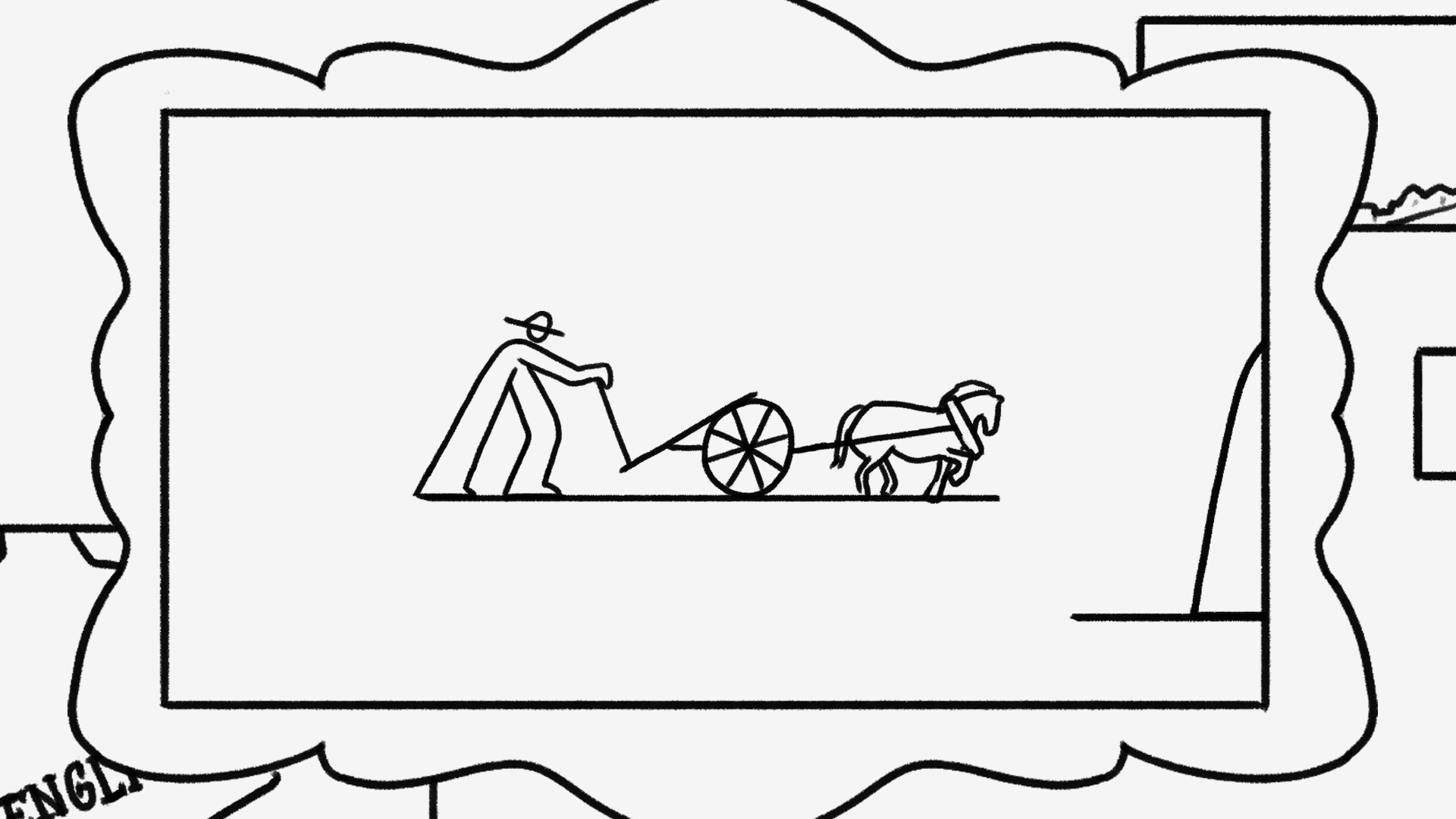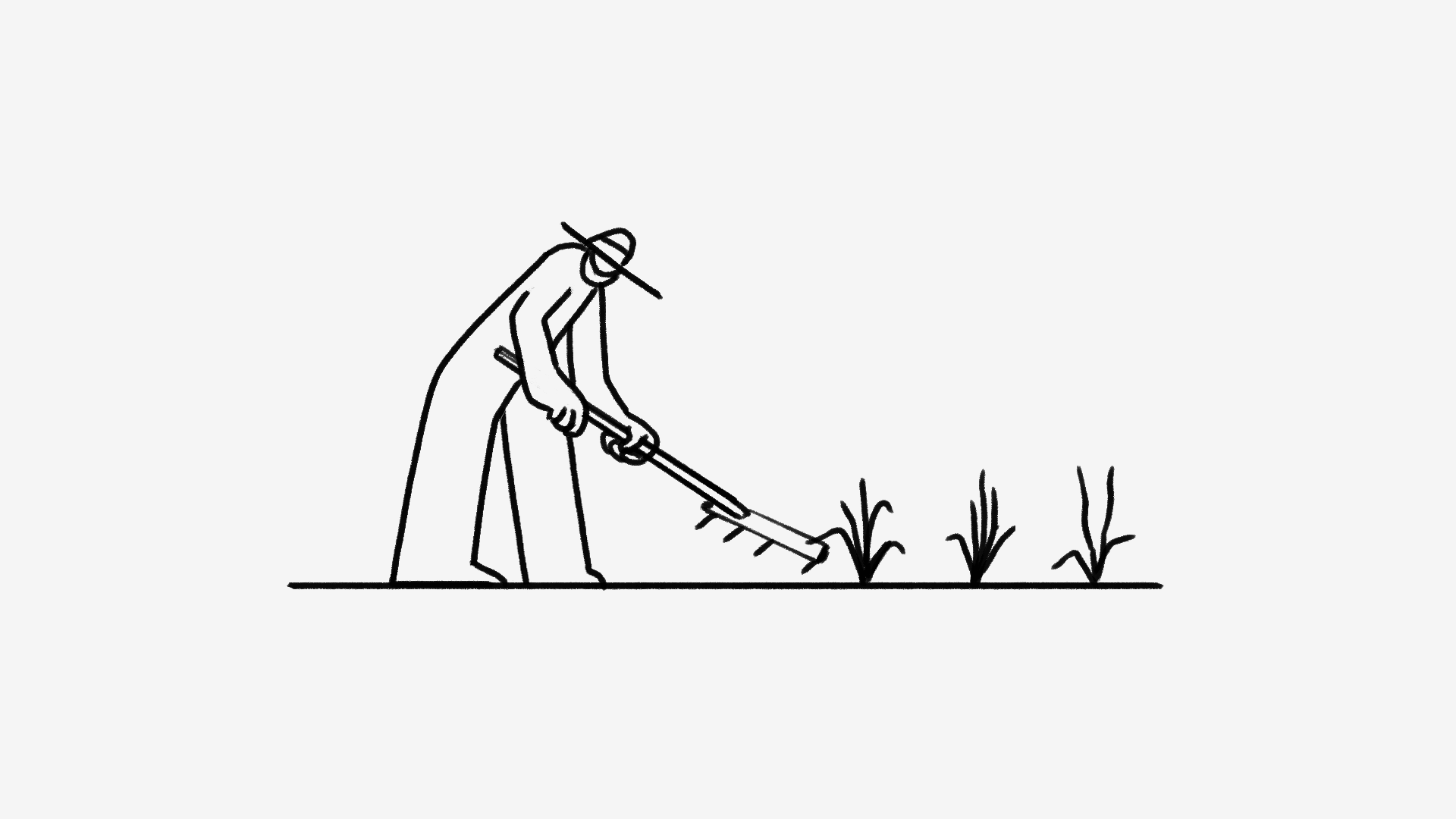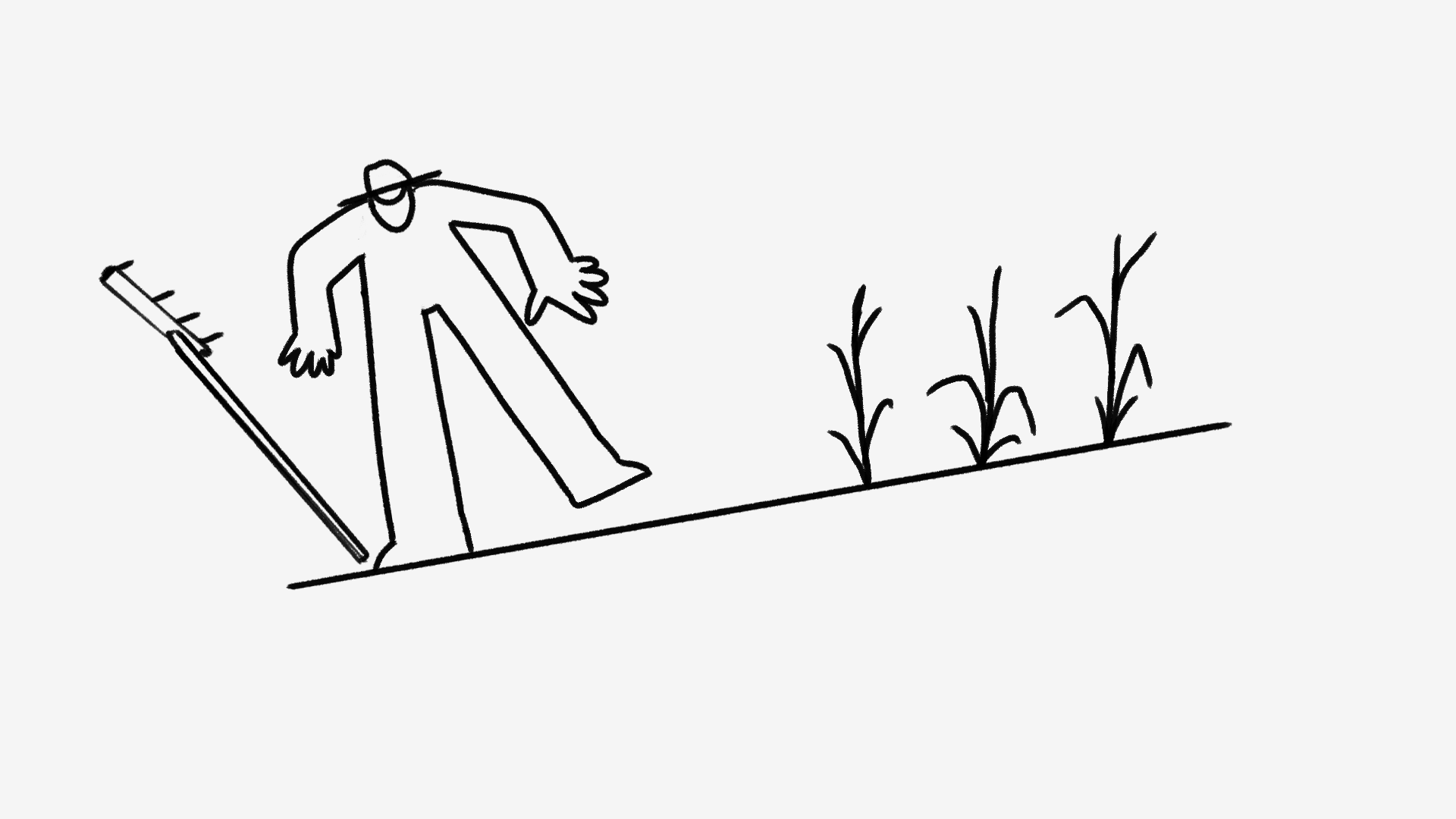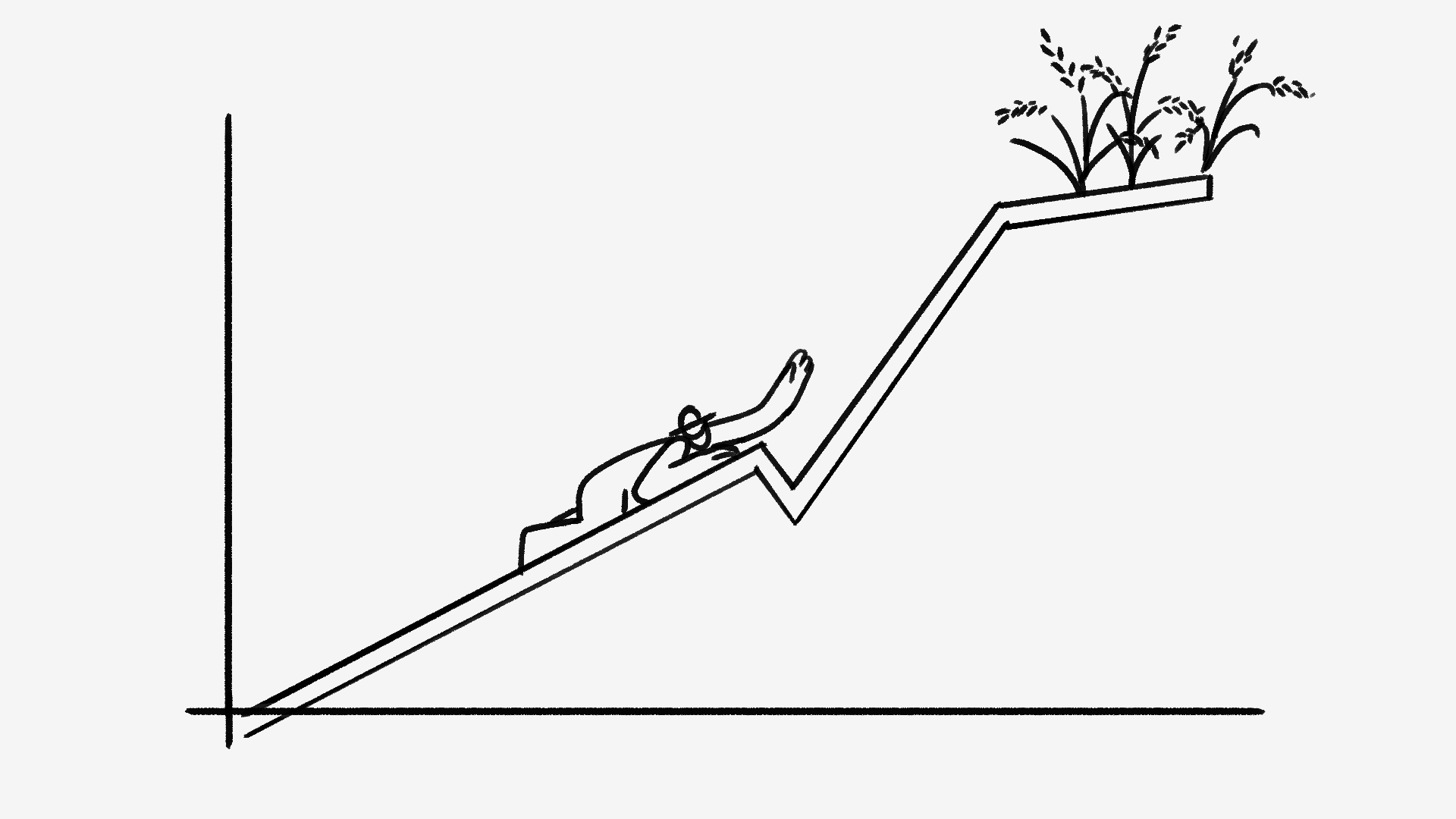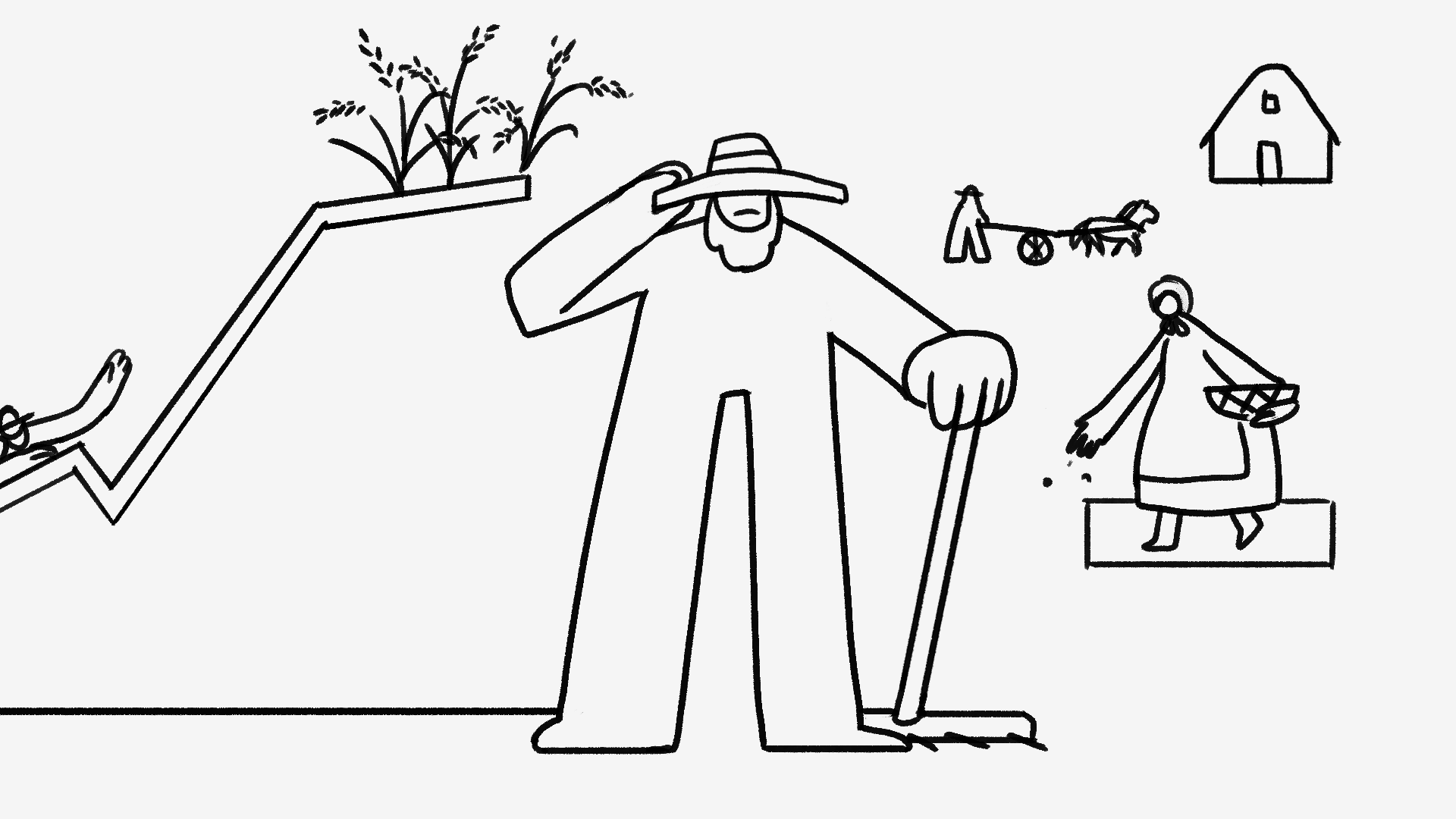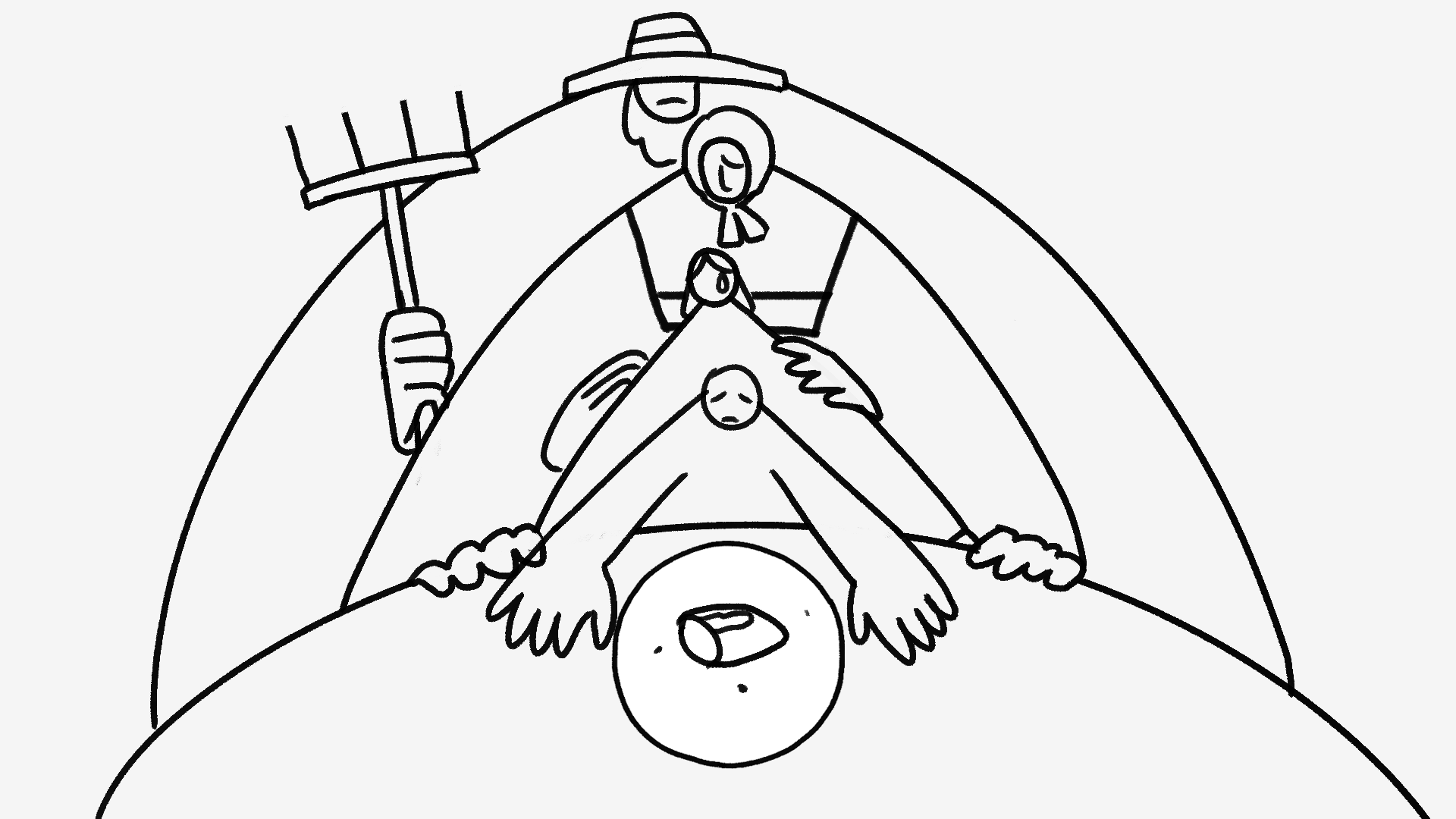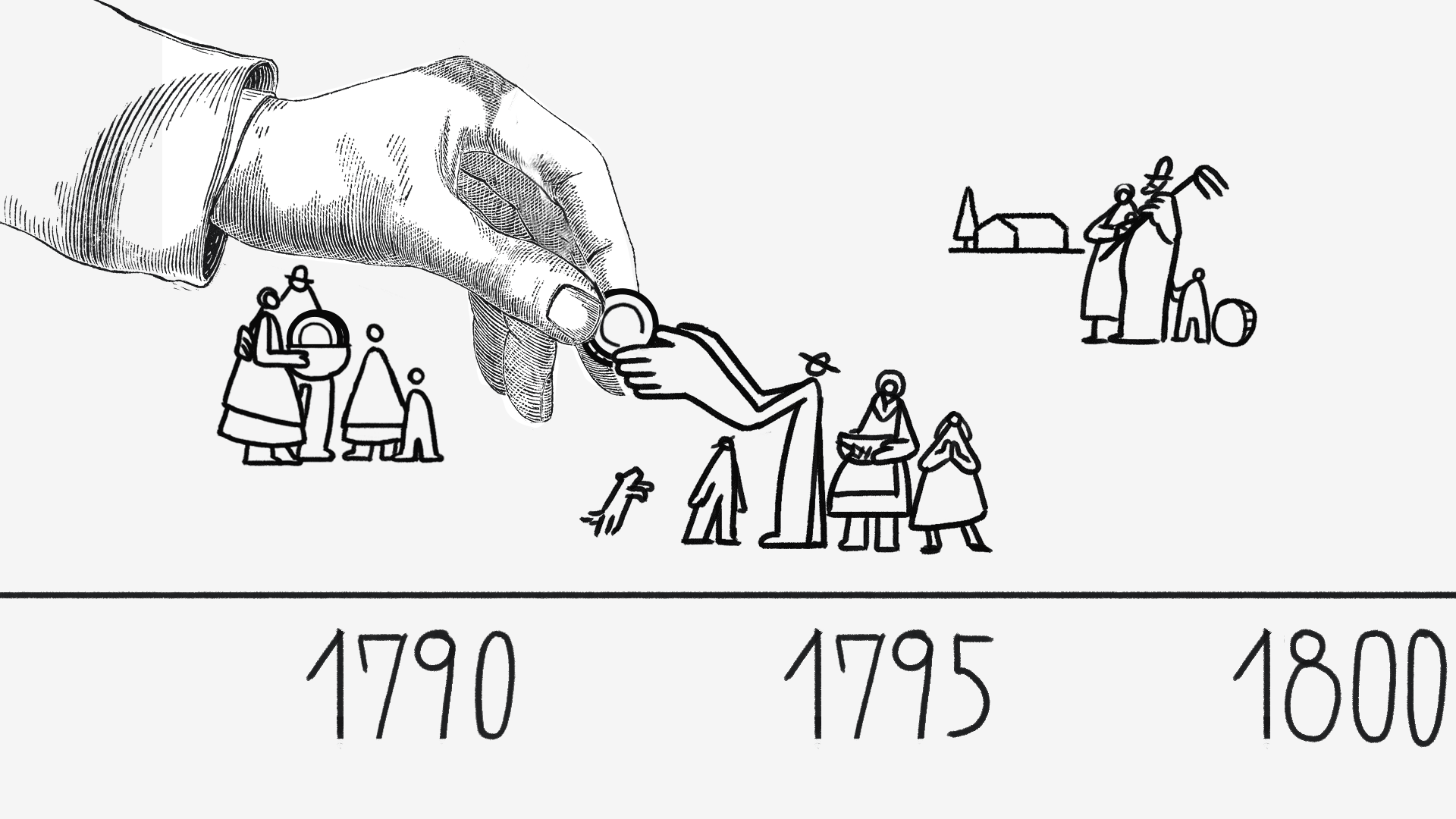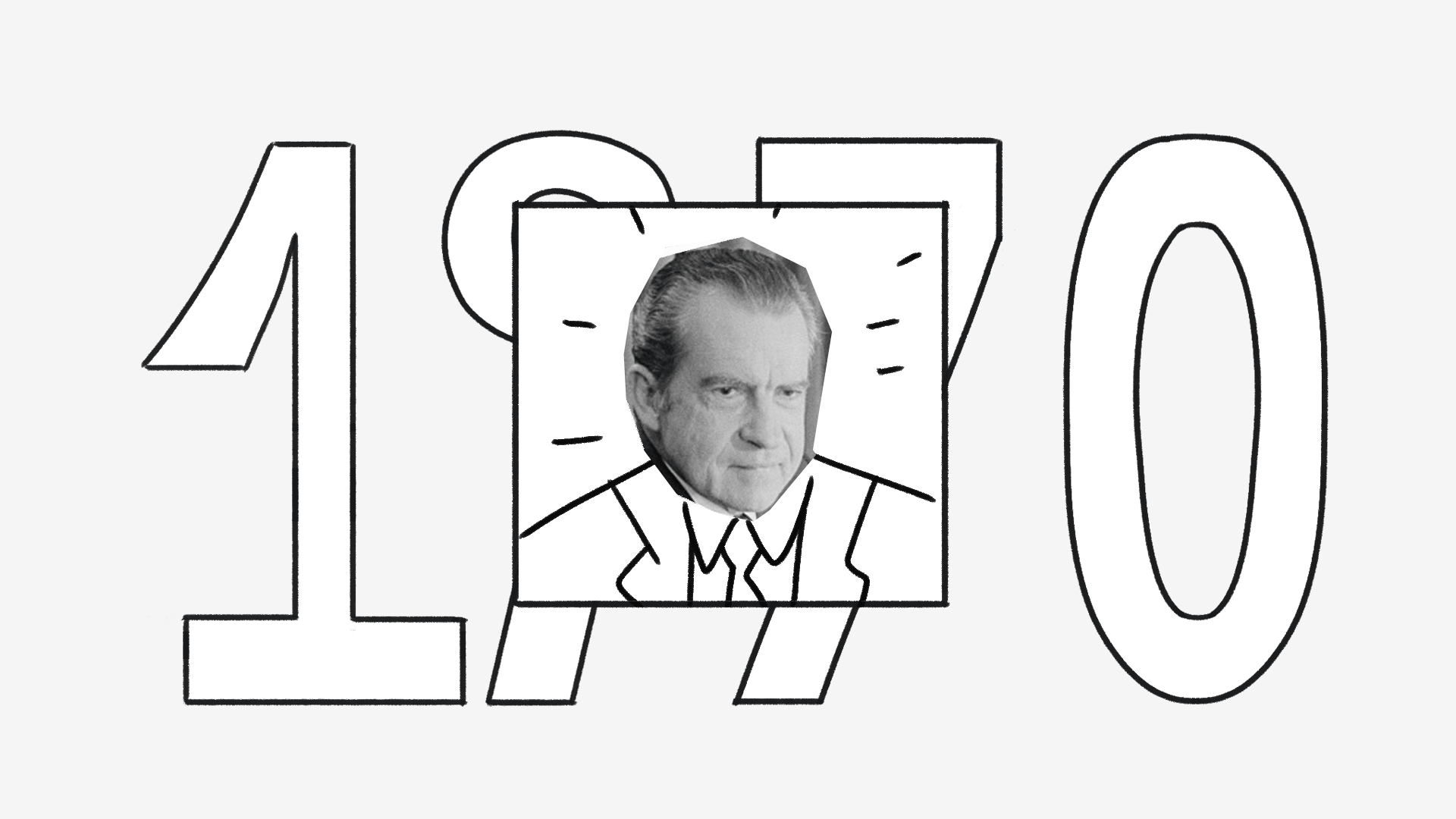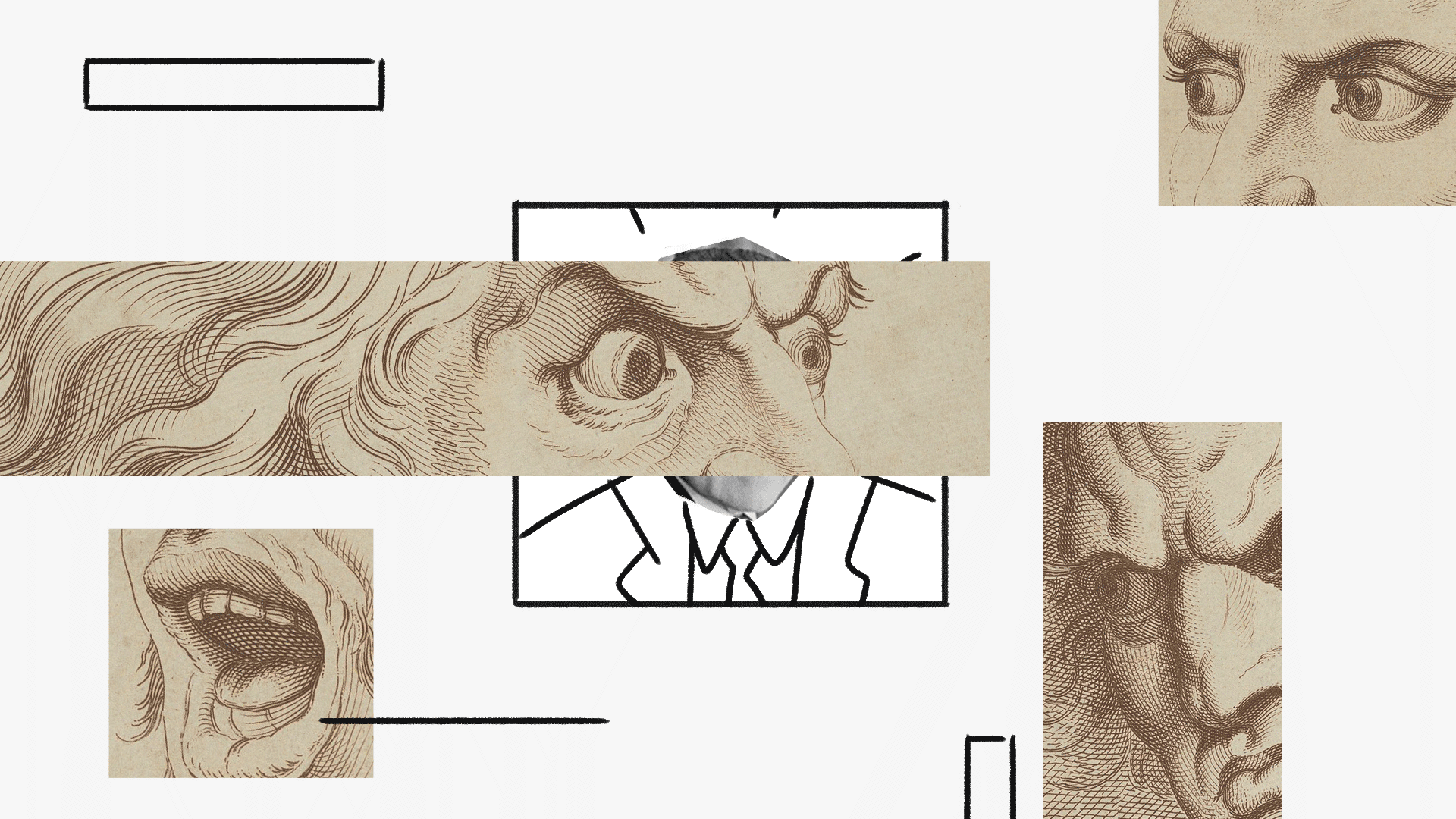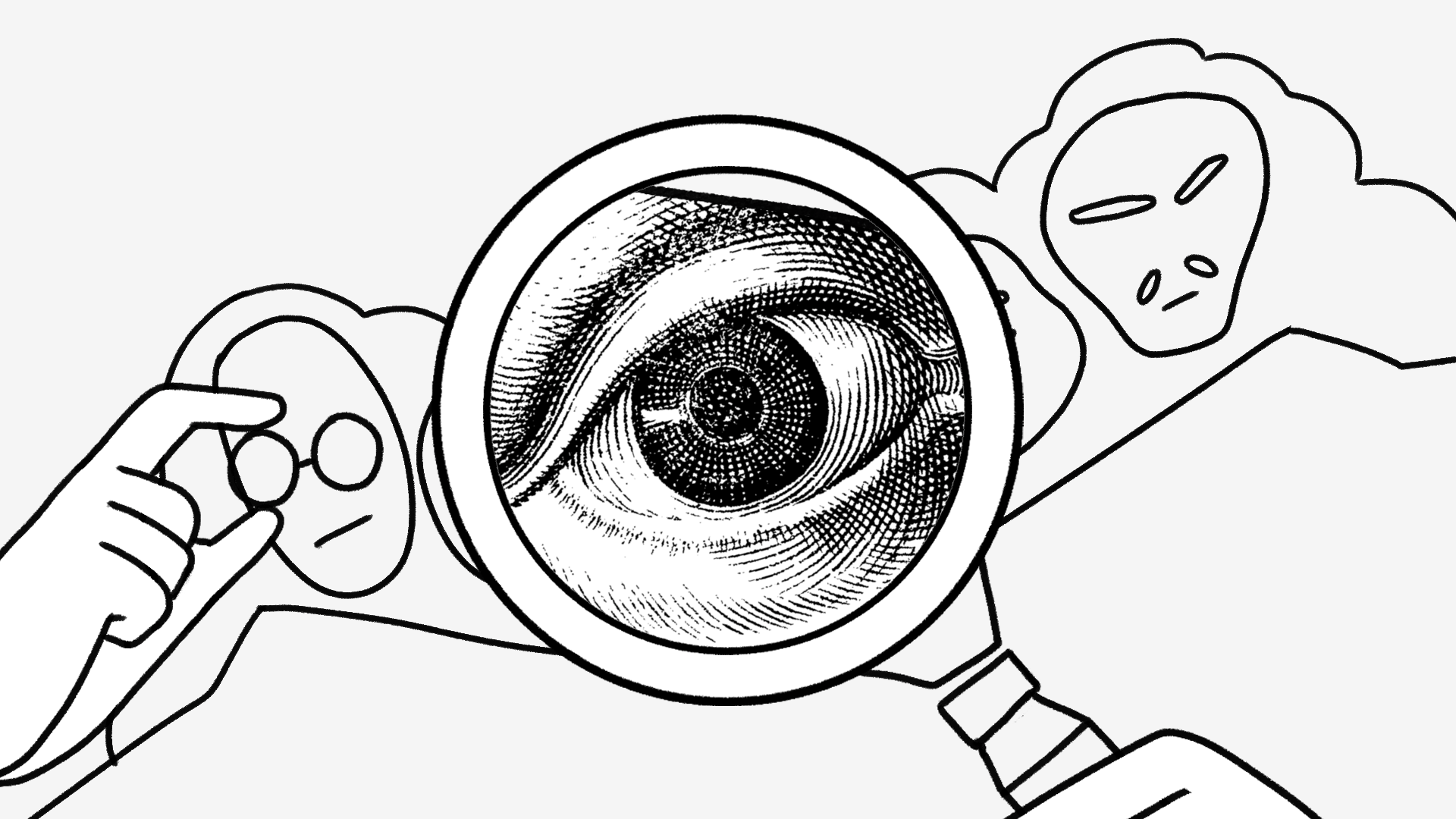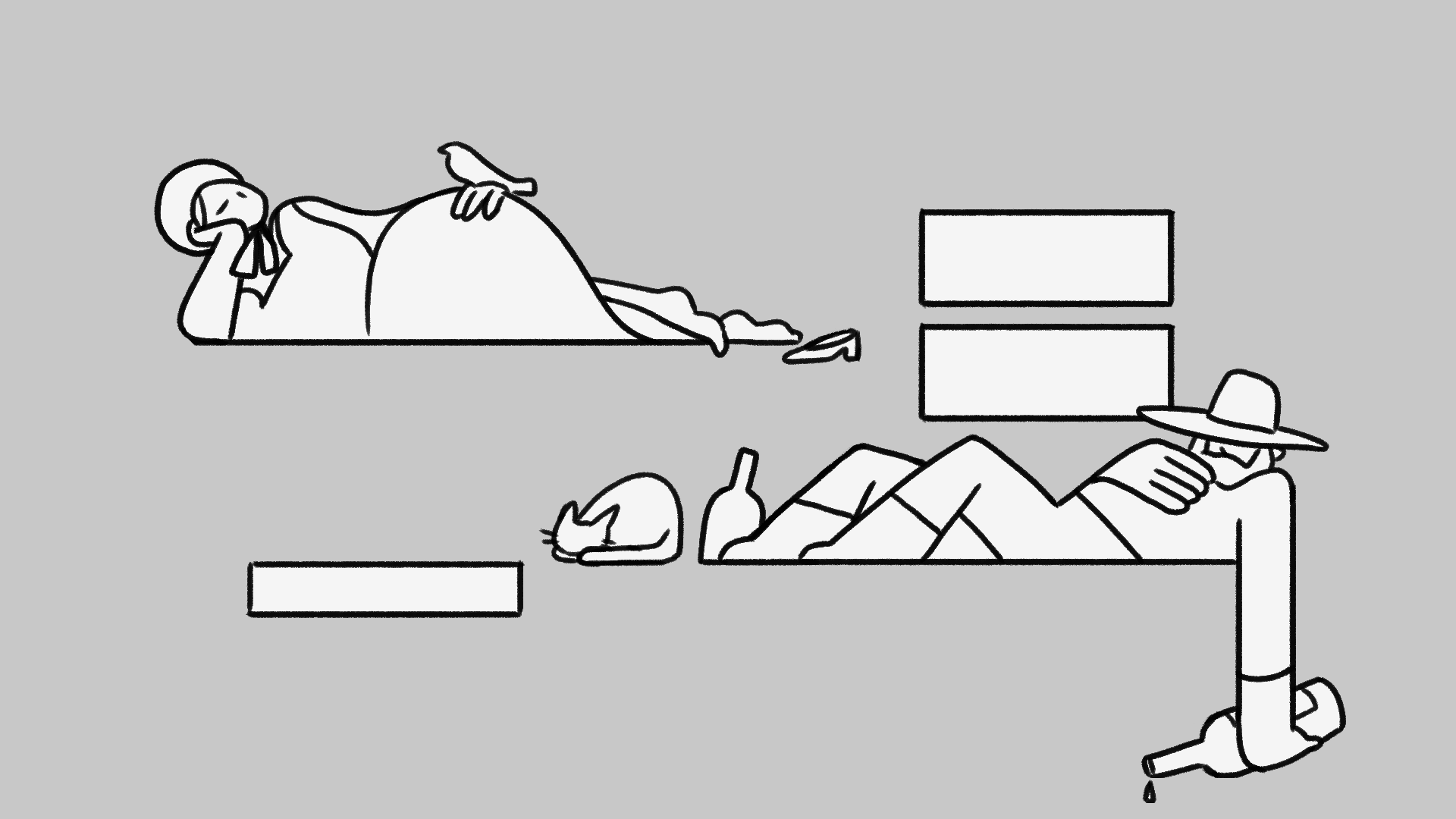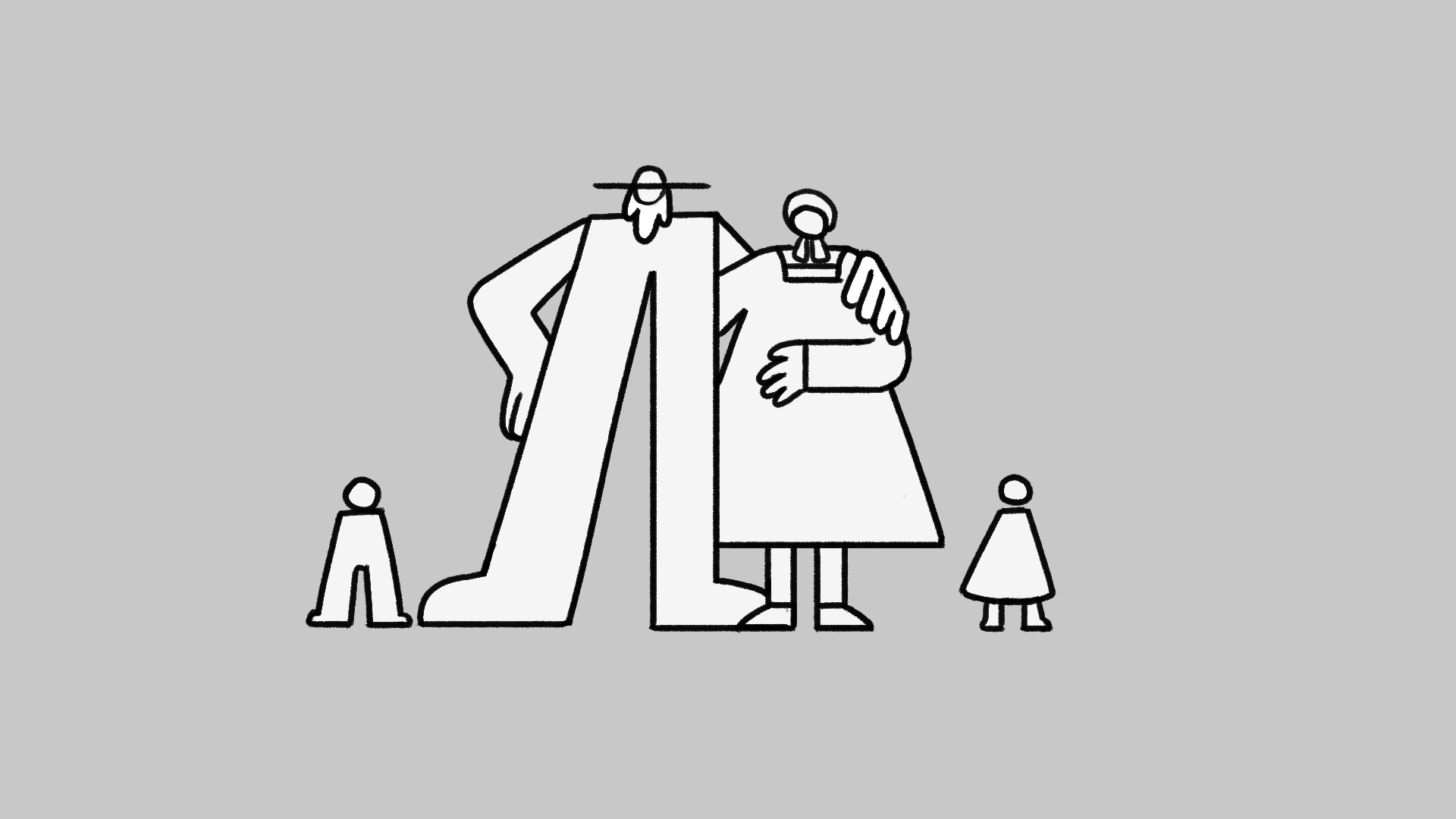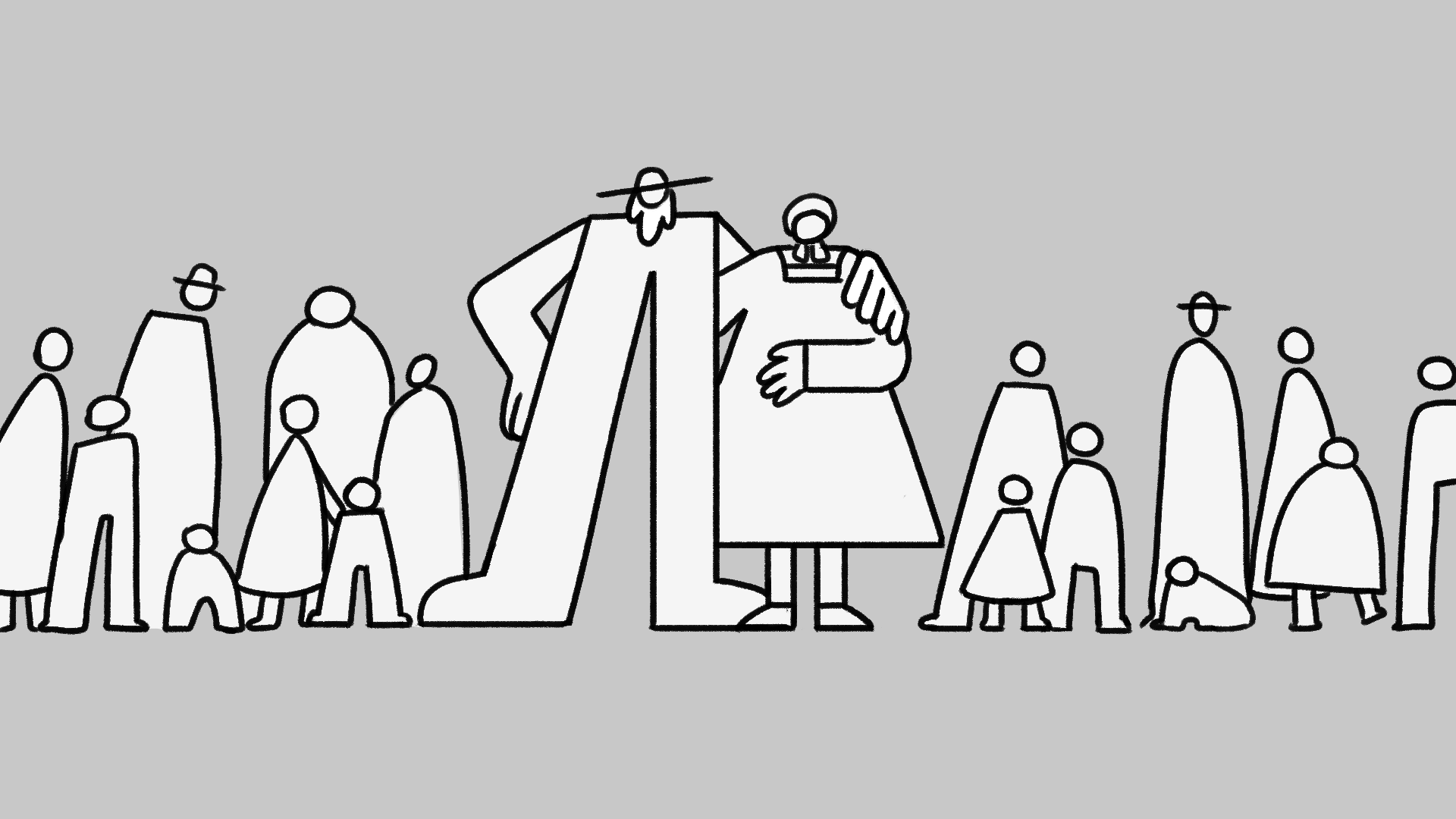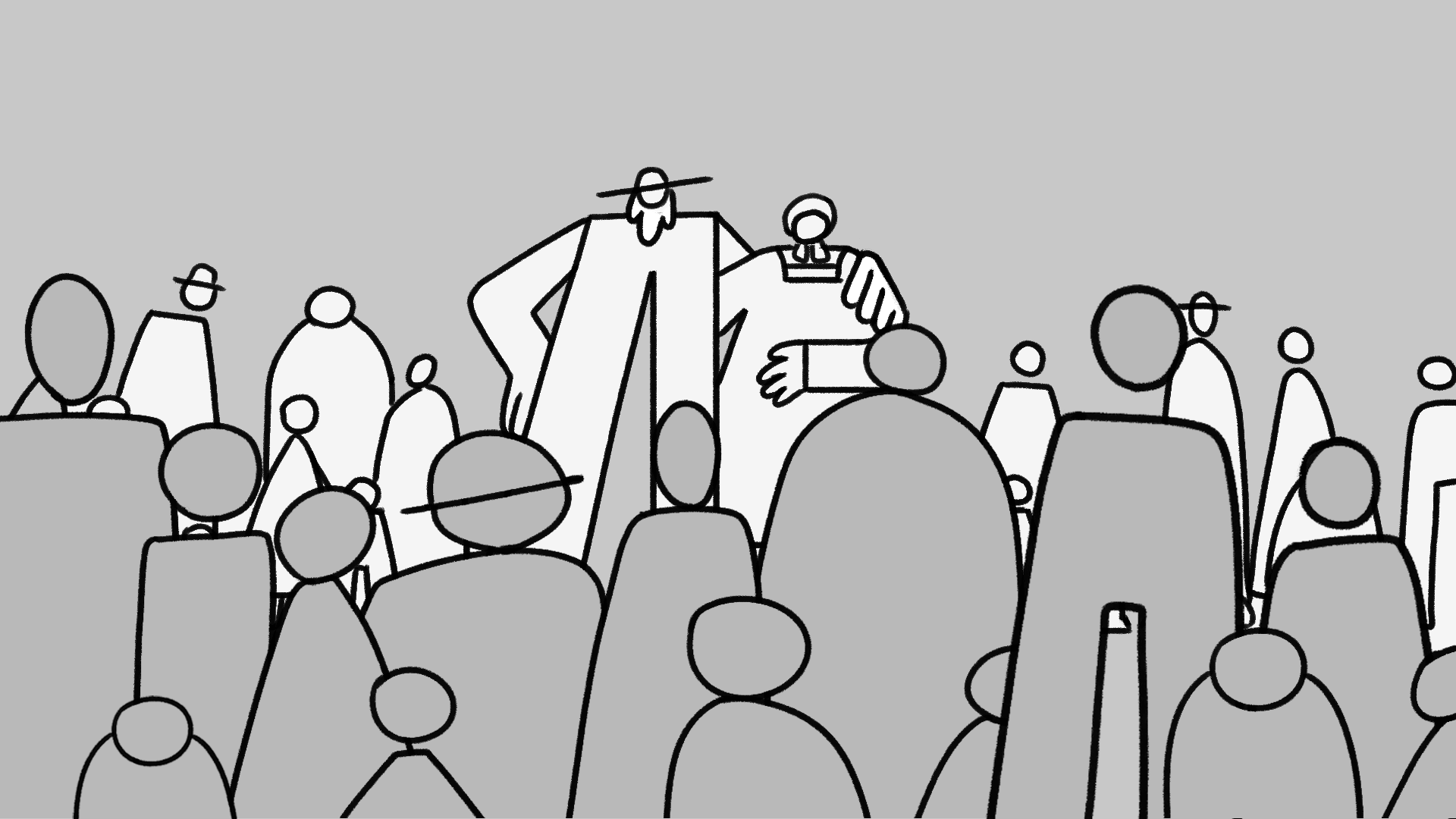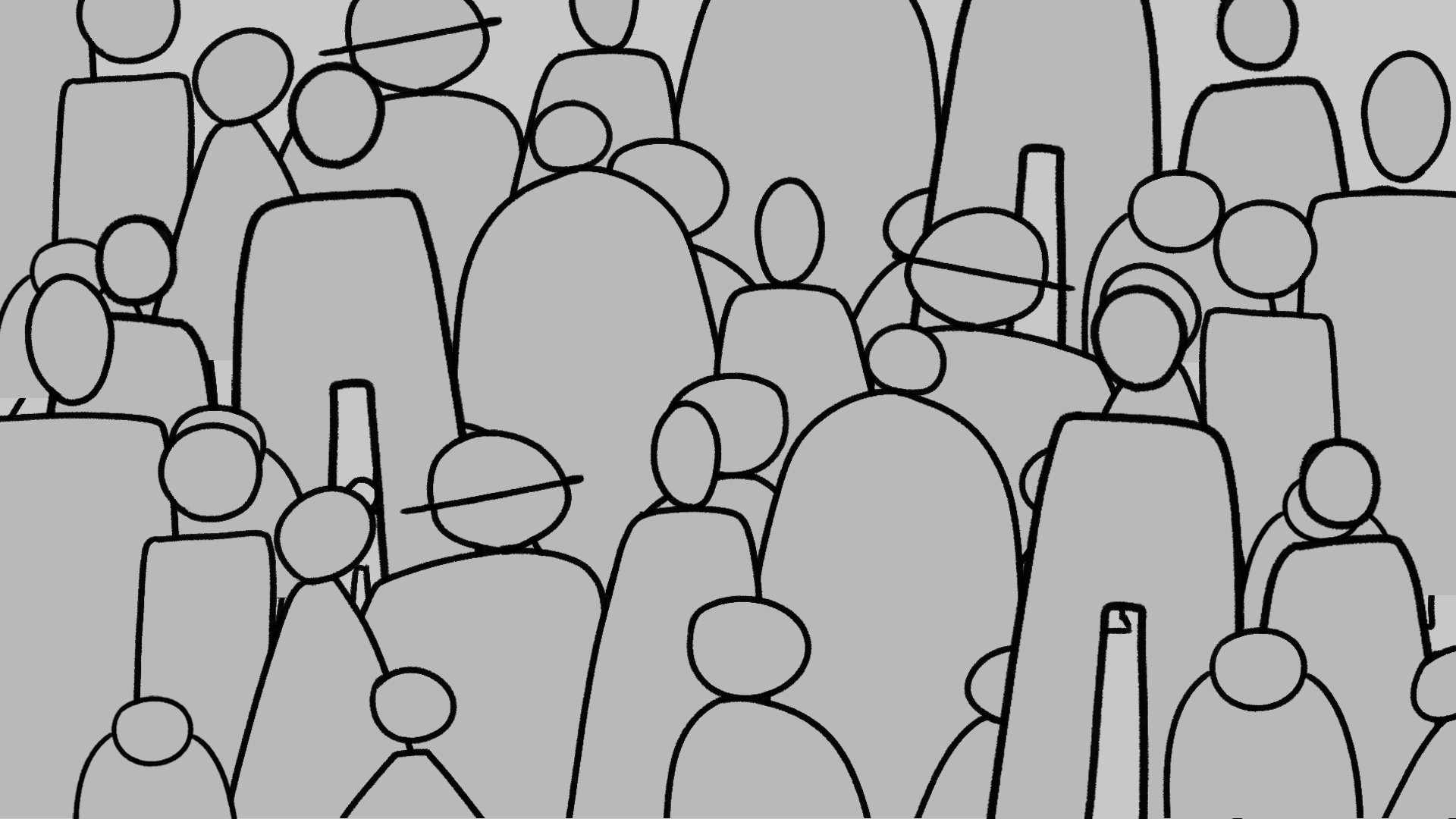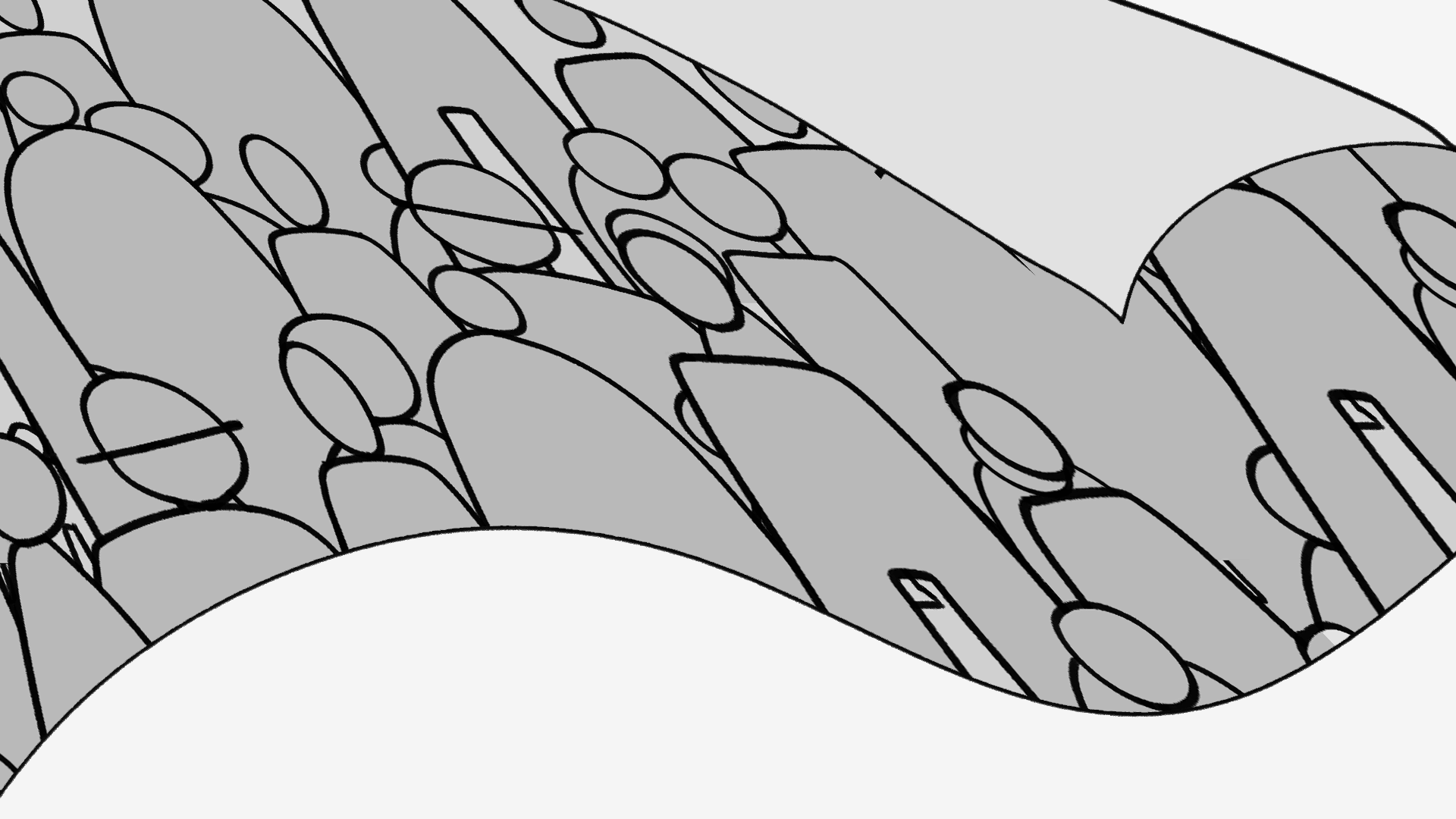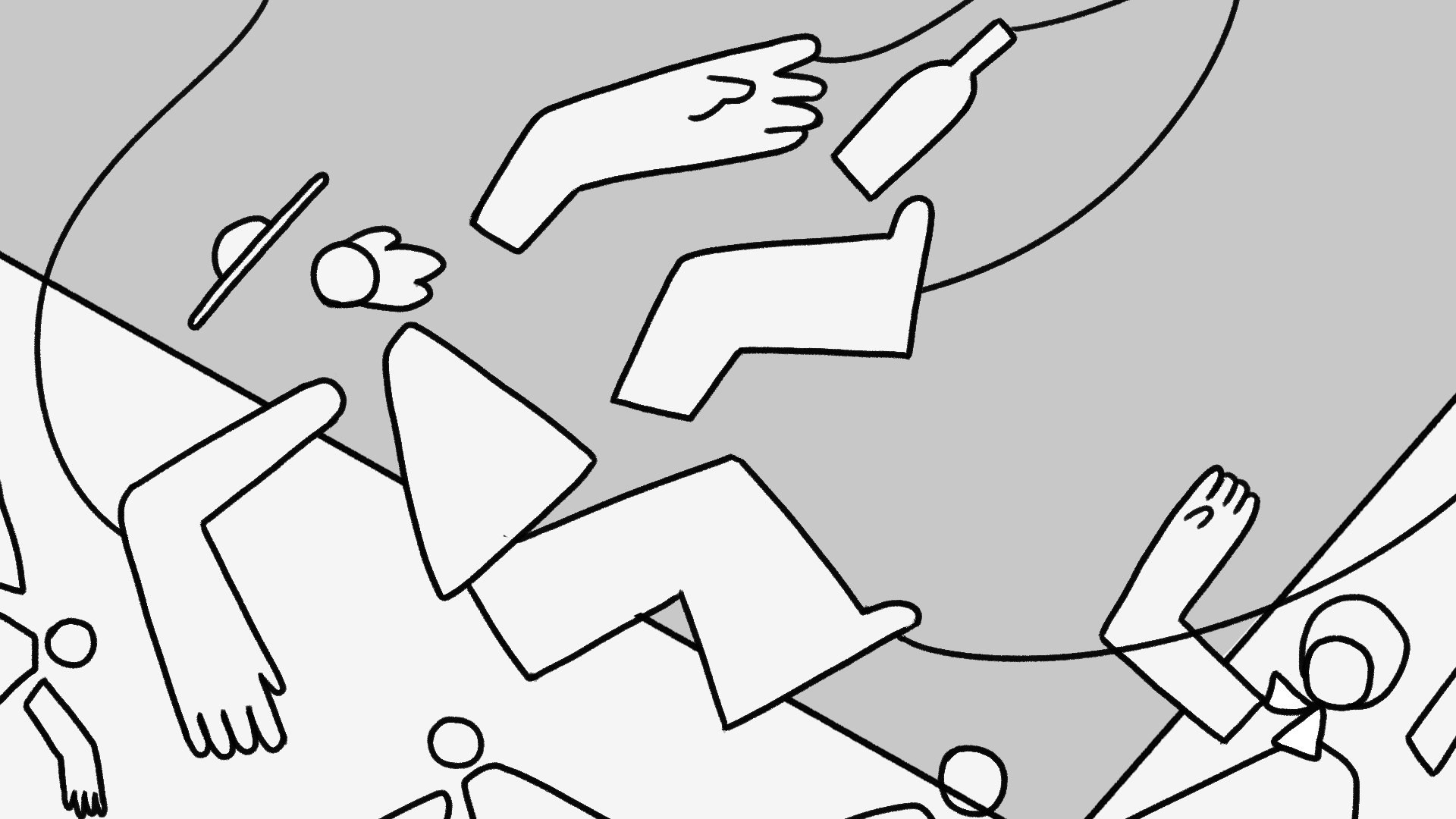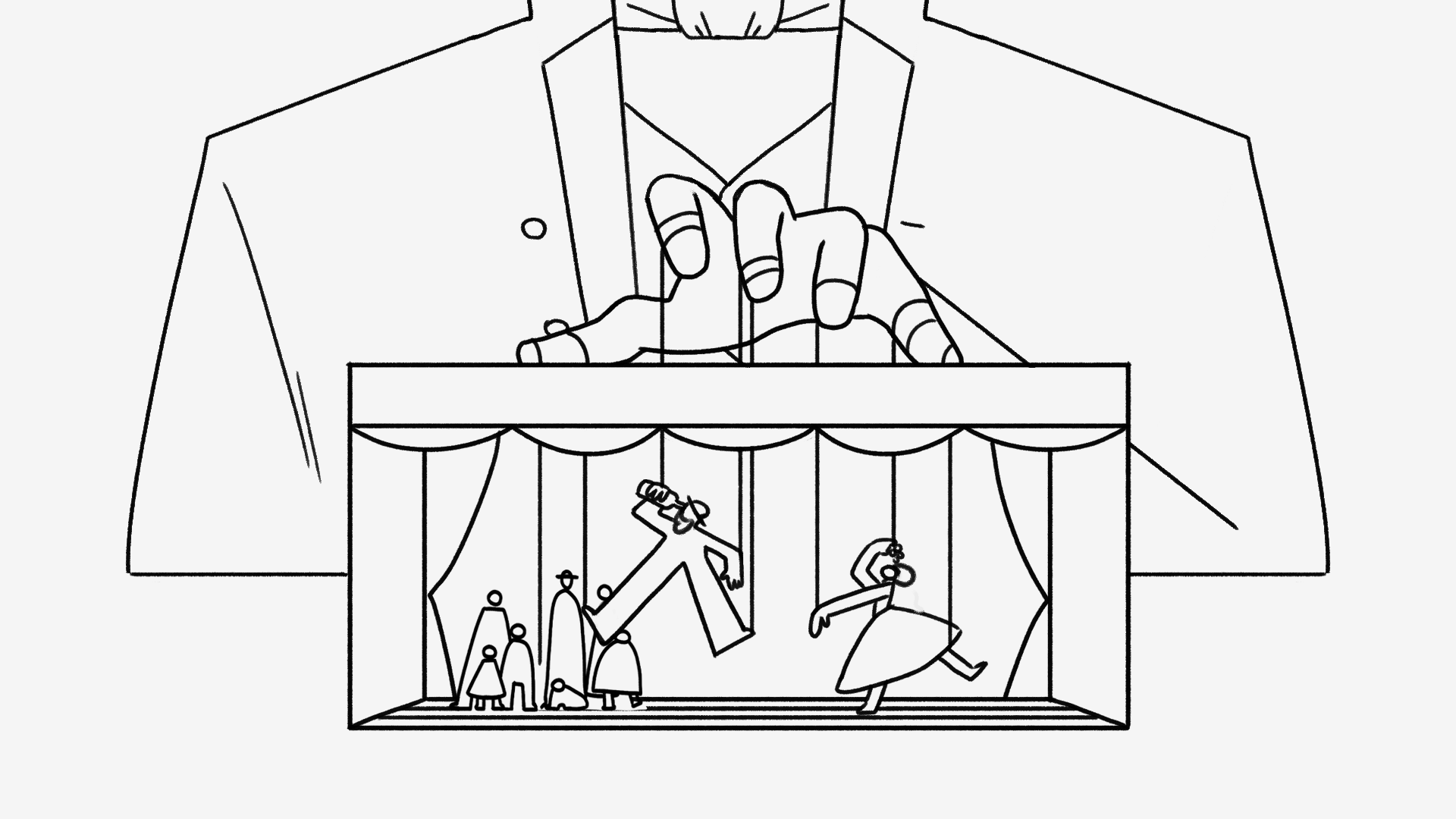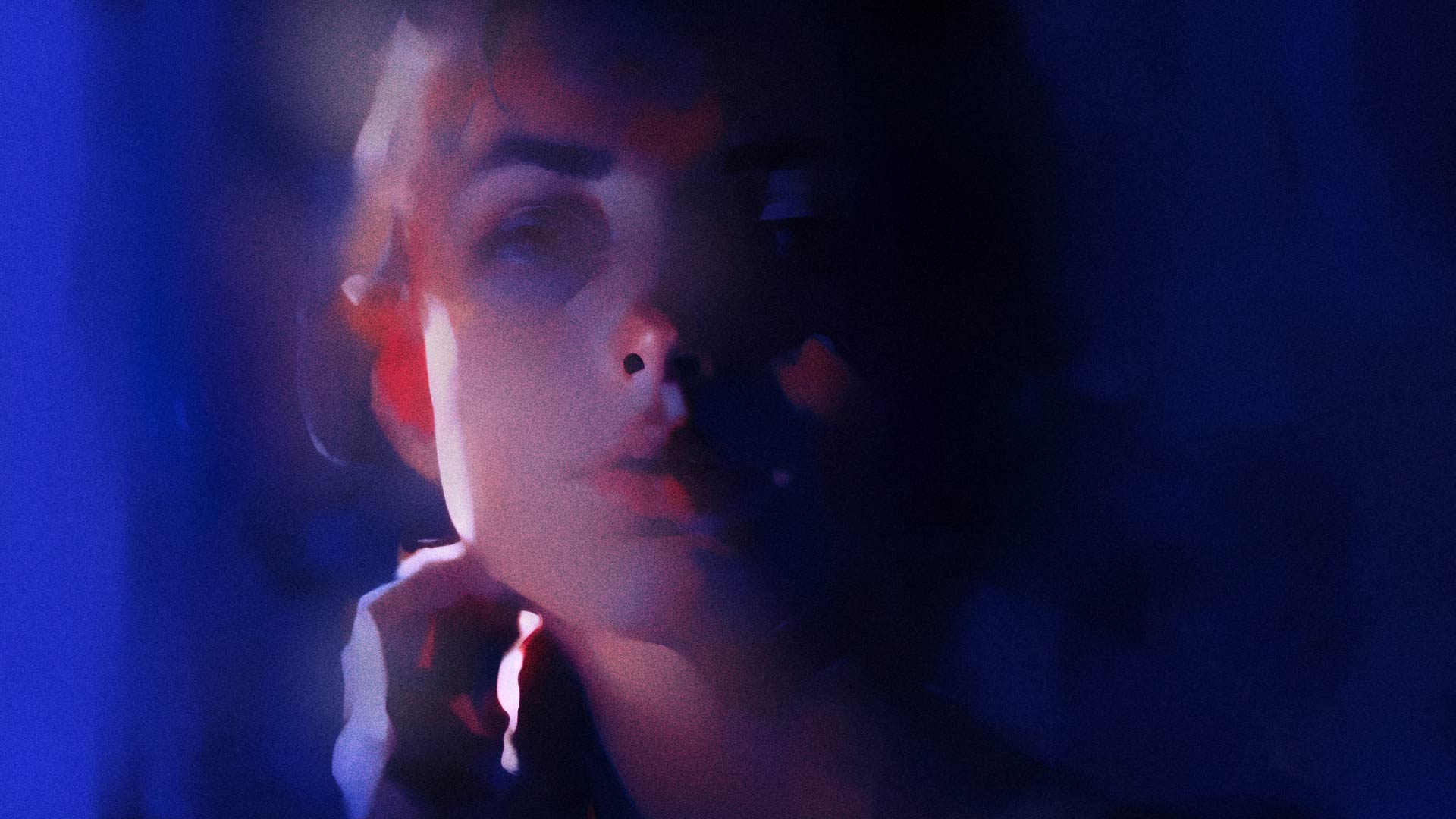This is one of three animations for a documentary series called Raising the Floor. The documentary exposes a community-wide effort to create a new and sustainable model of food relief called Chelsea Eats, and also expands the conversation about UBI.
The Speenhamland system was a form of outdoor relief intended to mitigate rural poverty in England and Wales at the end of the 18th century and during the early 19th century. This short animation shares the concept of the idea, what happened and why the idea was abandoned in the 18th century and also in the Nixon government due to “fake news.”
Client → Lost Nation Pictures
Studio → Hi-Lo.cc
Role → Director, Designer, Animator
Final Style Frames
We utilized archival photos, illustrations, and paintings from 18th-century England to craft the visual solution of the project. Parts of texts from the original documents that documented the Speenhamland case were seamlessly incorporated into the design compositions.
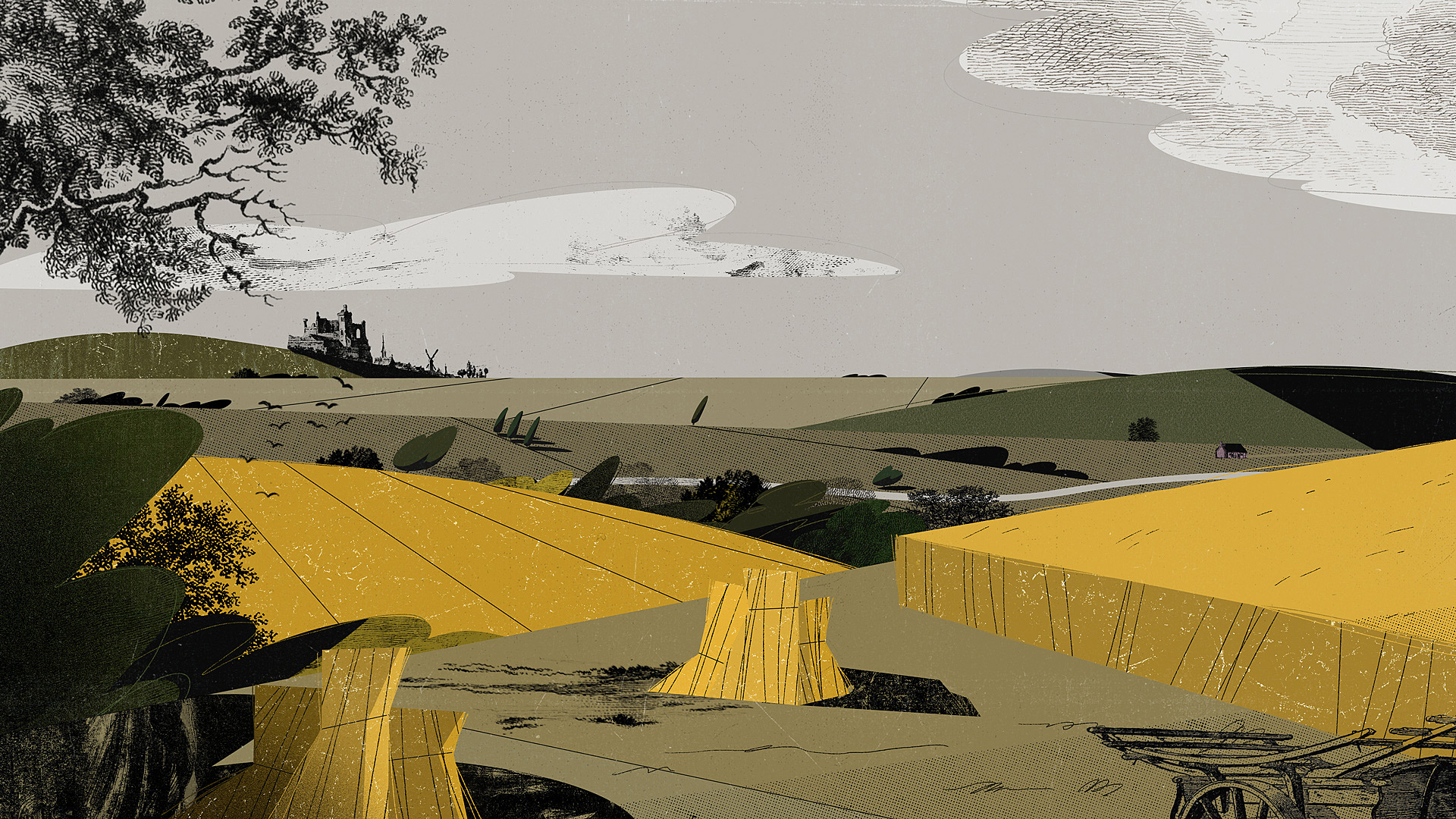
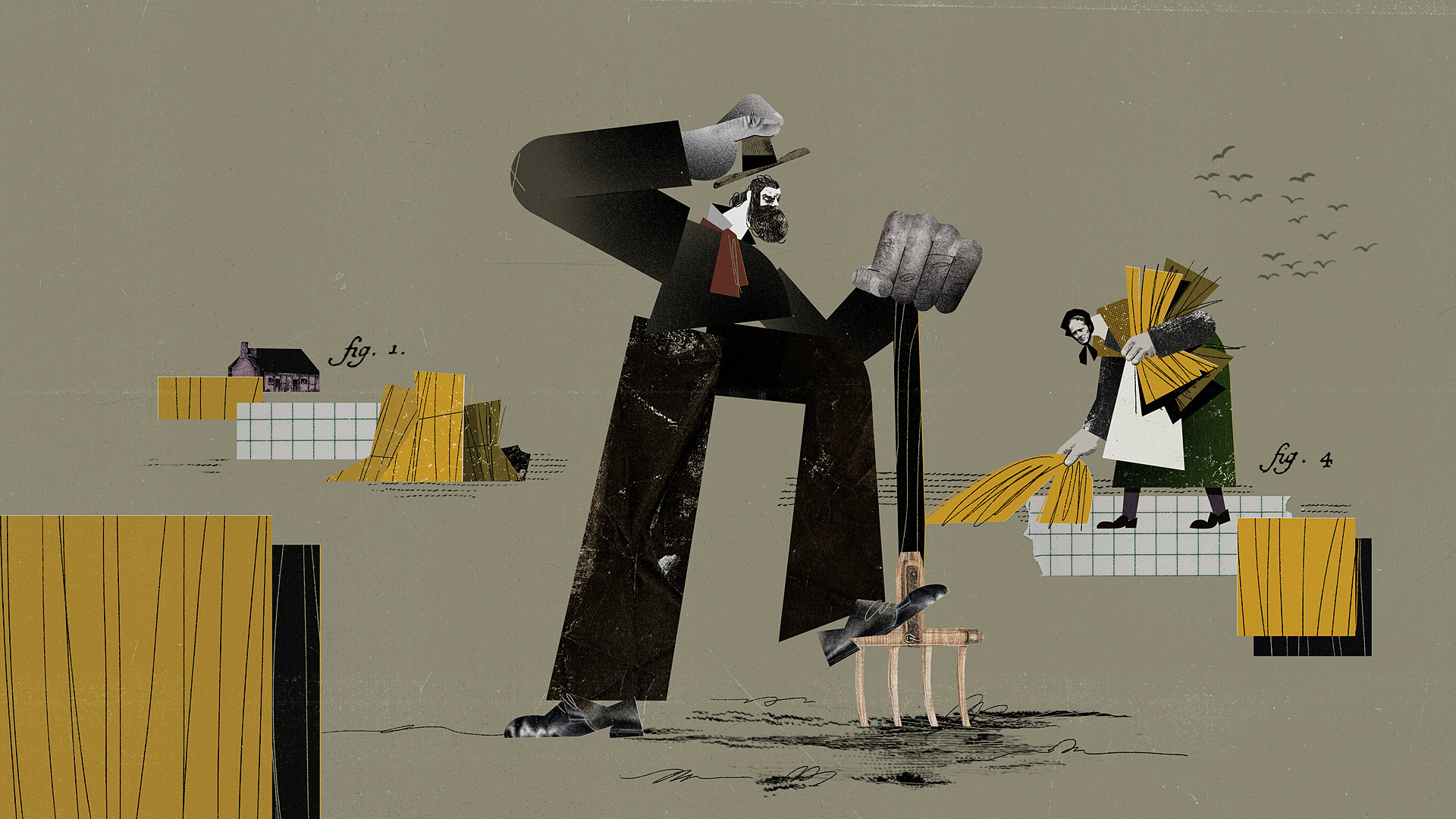
The script addresses serious topics such as poverty, corruption, and hunger. Therefore, the color palette should not be vibrant or dark, but rather chosen in a sober tone to reflect the message.
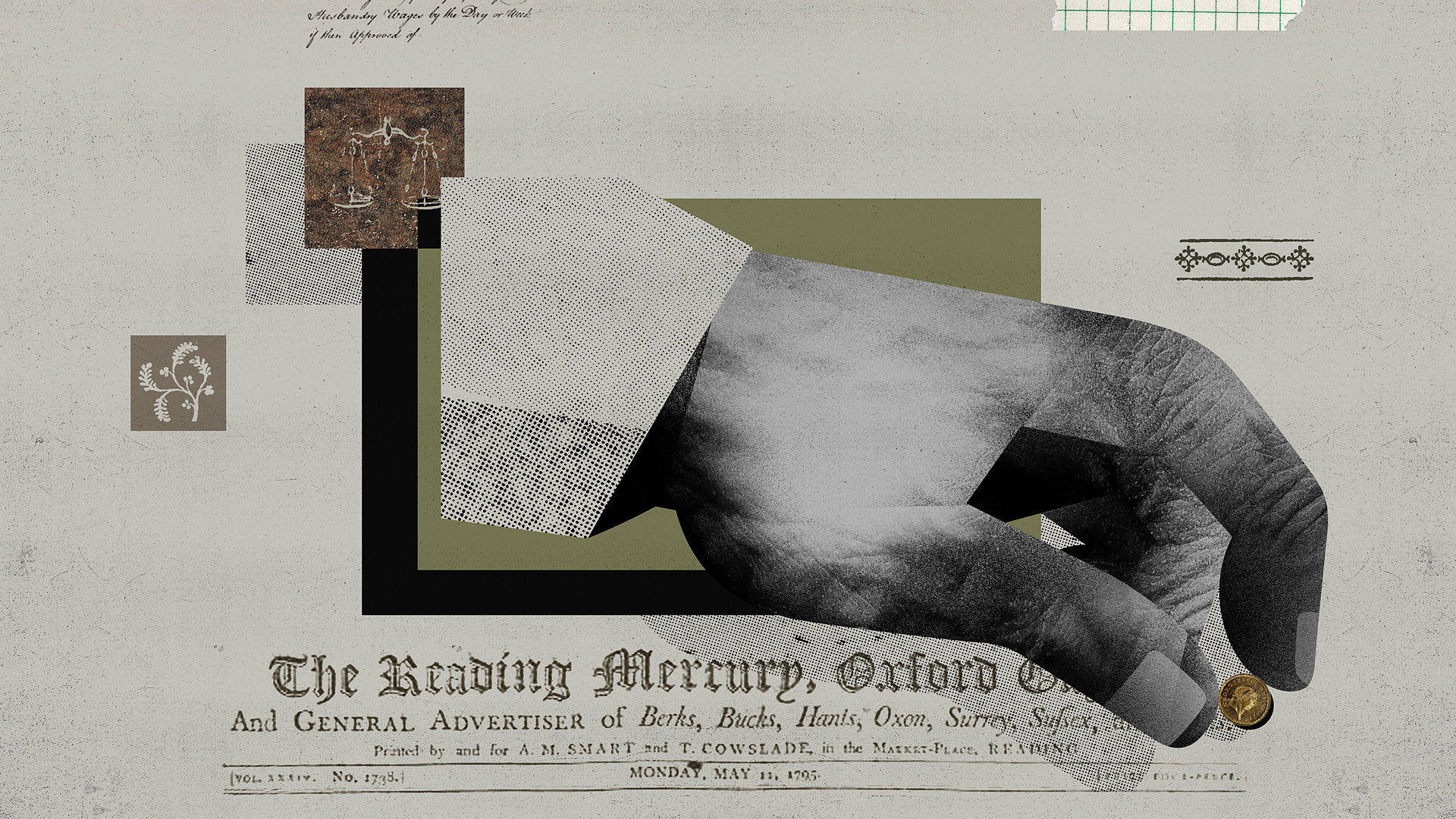

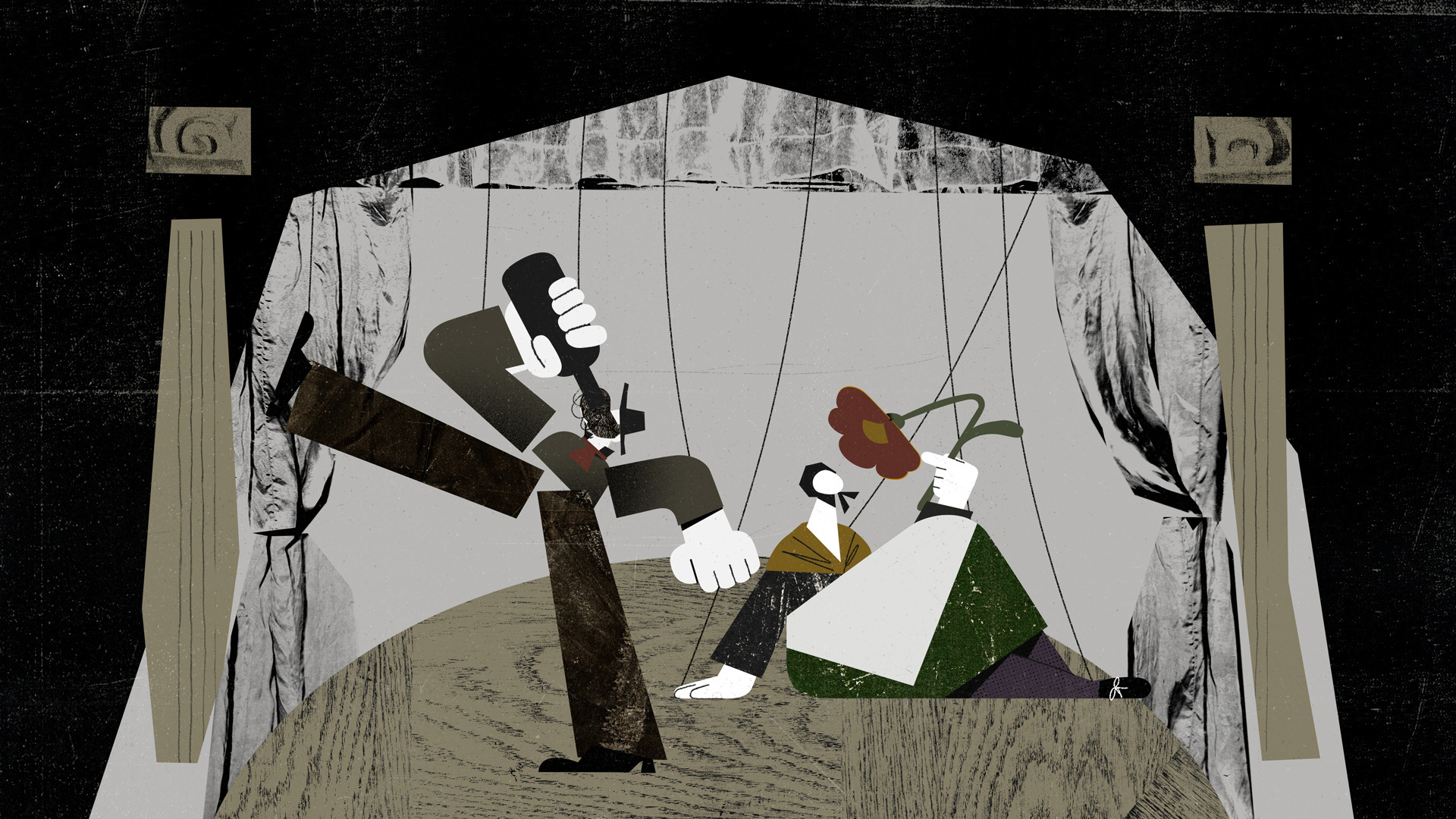
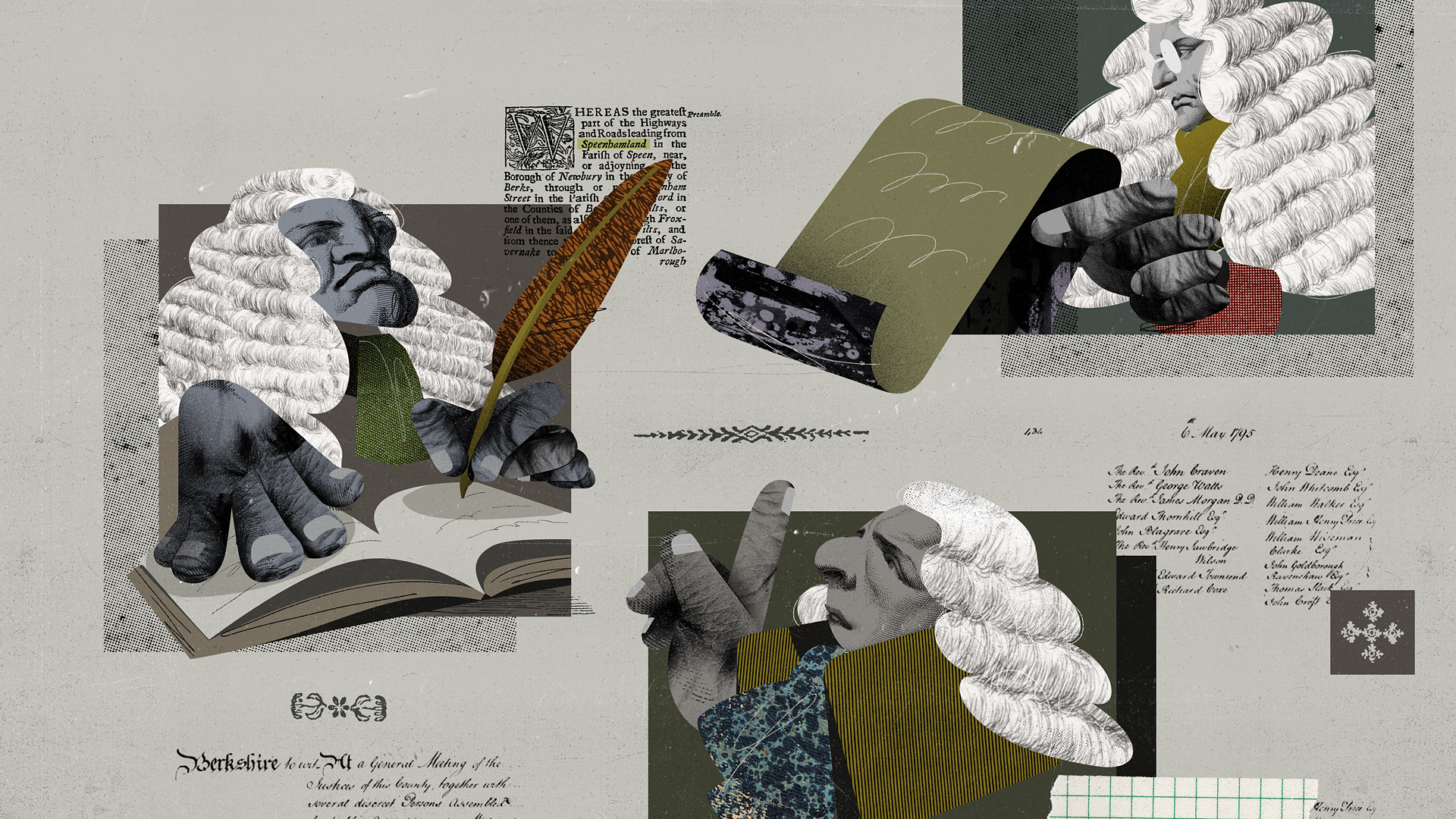
Similar to the archival assets employed to create the designs, the color choice is also a reference to England in the early 18th century. We drew inspiration from artists such as John Constable, whose works accurately portray the reality of the time.
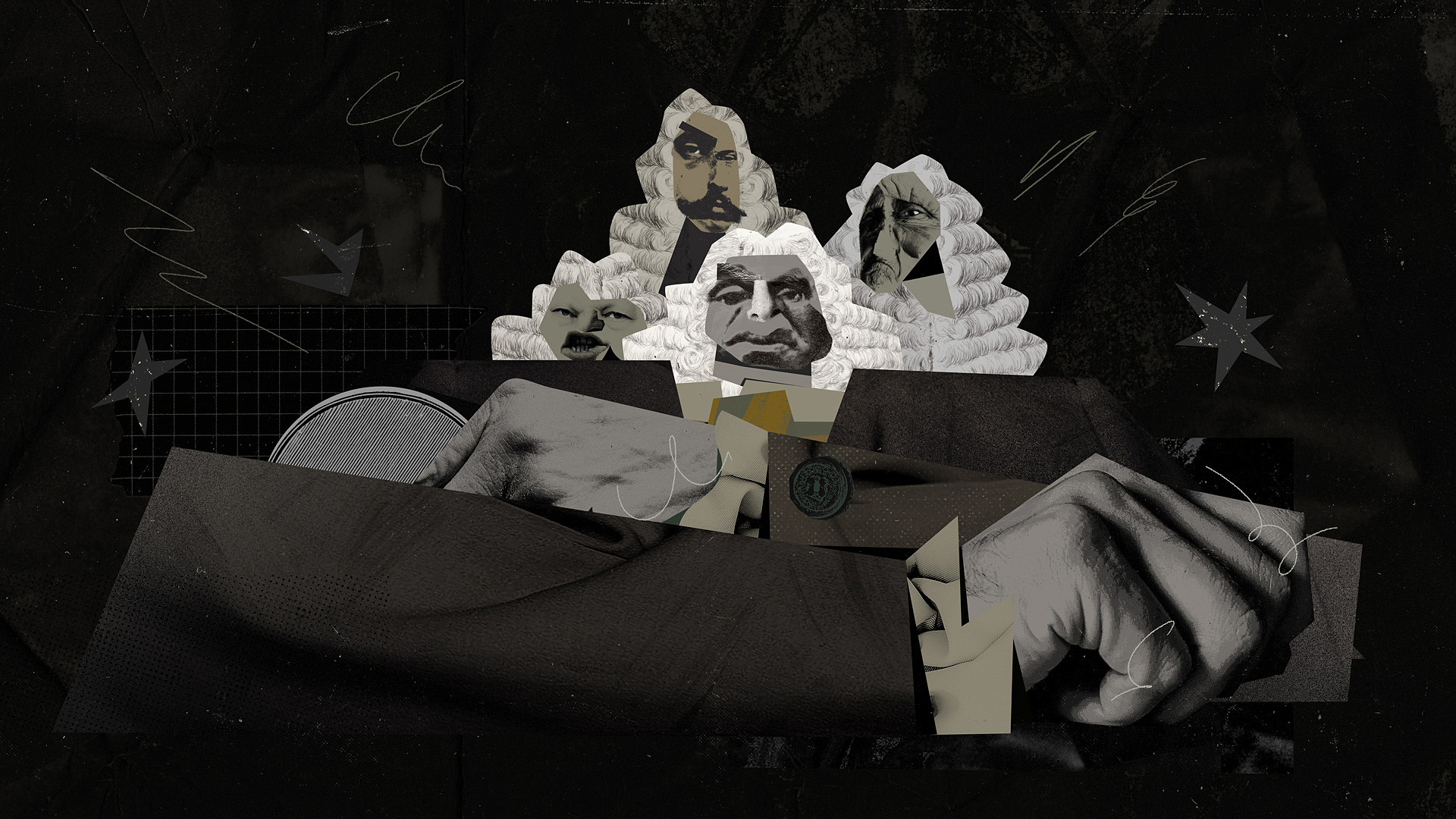
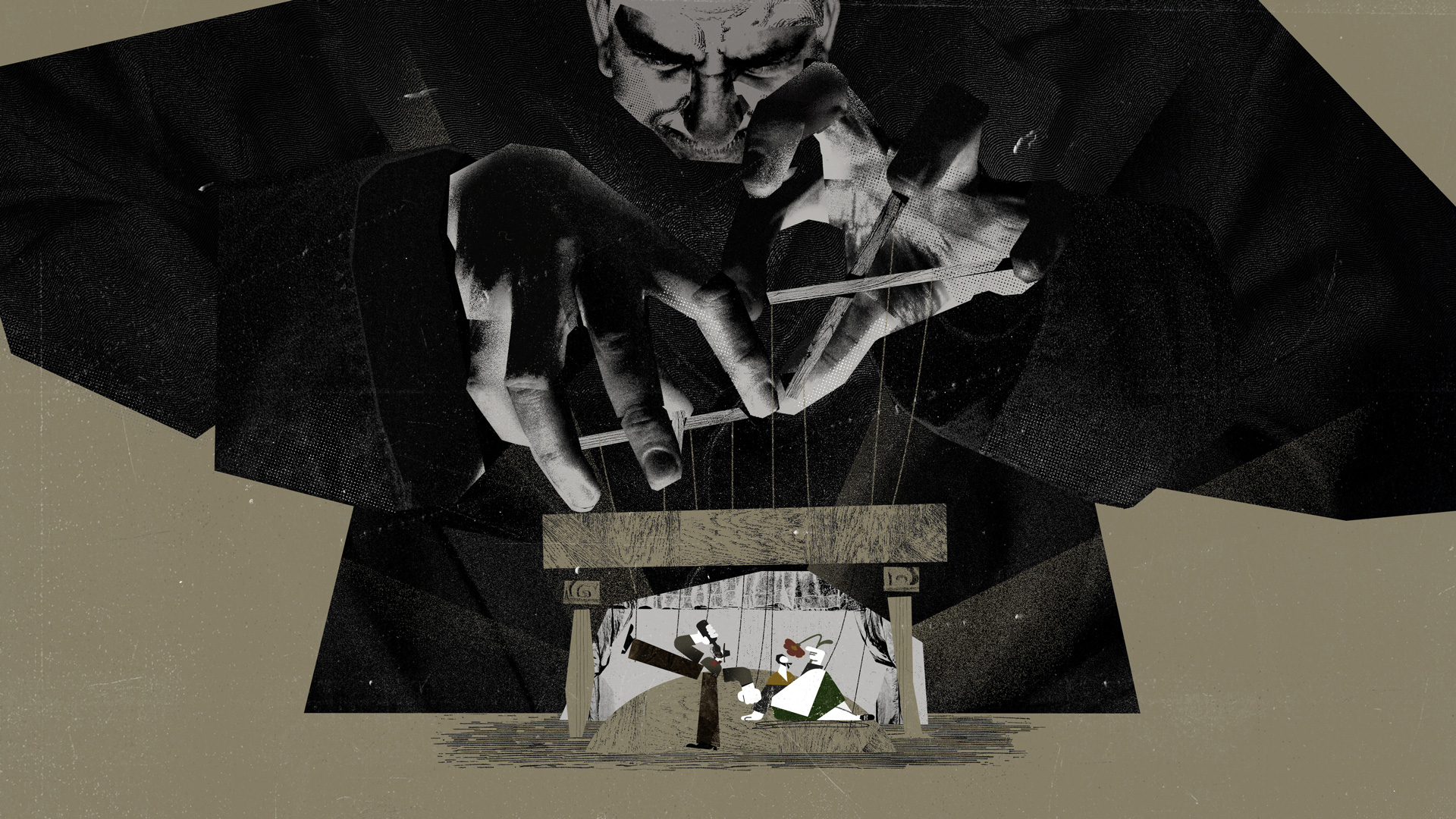
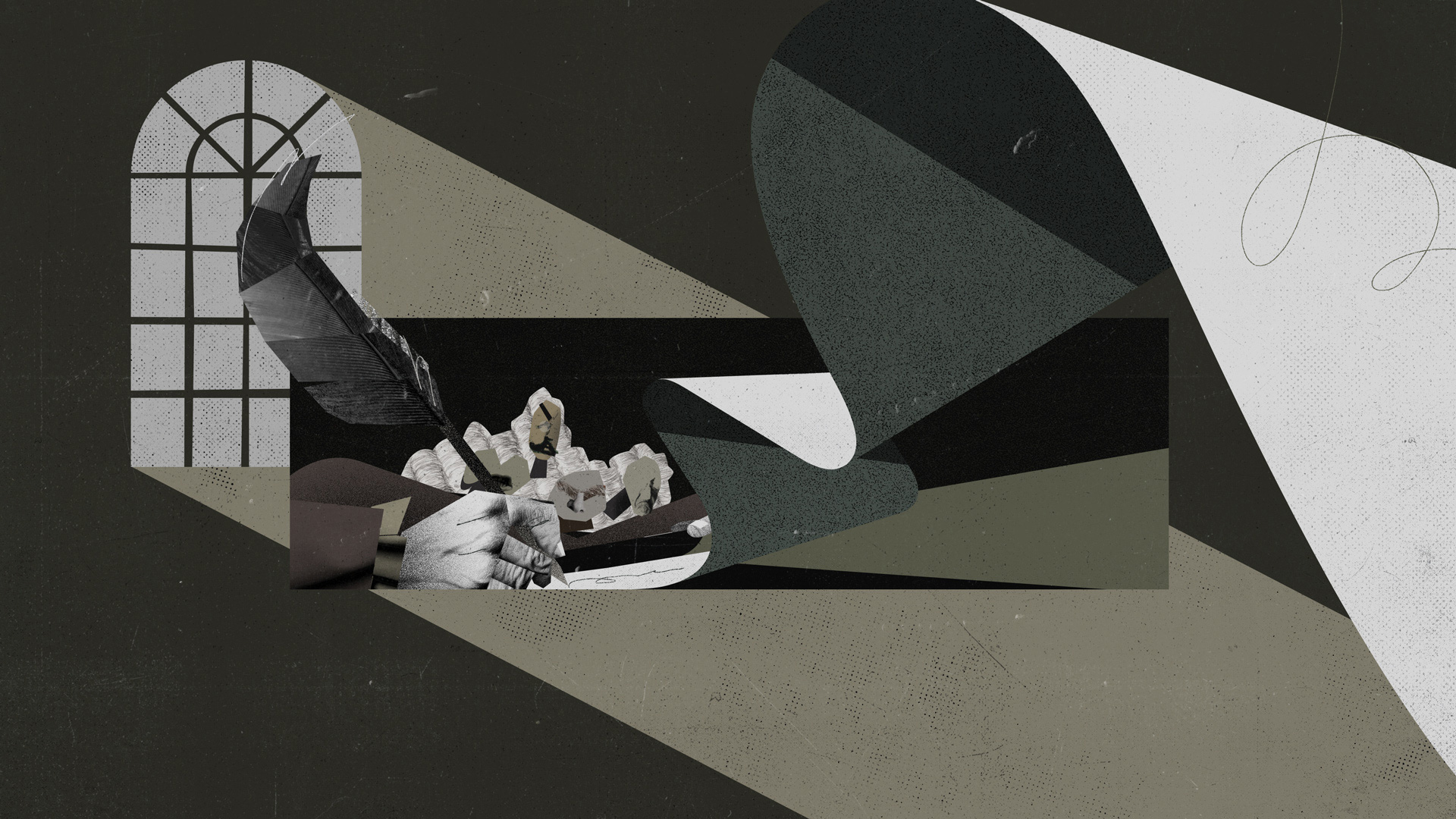
Having determined the collage aesthetic for the entire project, we encountered the difficulty of figuring out how to impart emotion in the characters. With limited archival options available, we arrived at the solution of constructing collages for the faces, thereby permitting us to manipulate the features and create highly expressive characters.
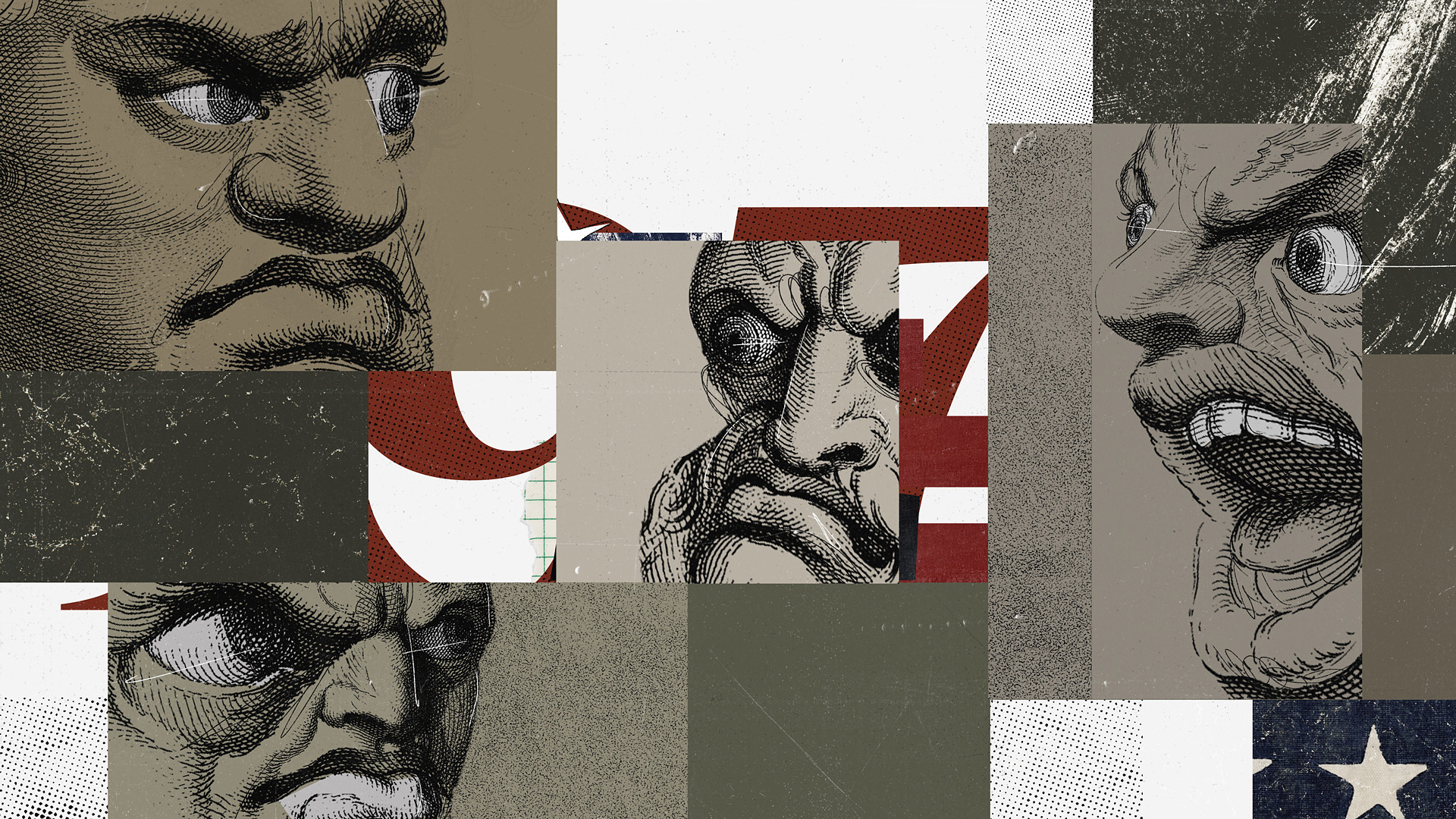
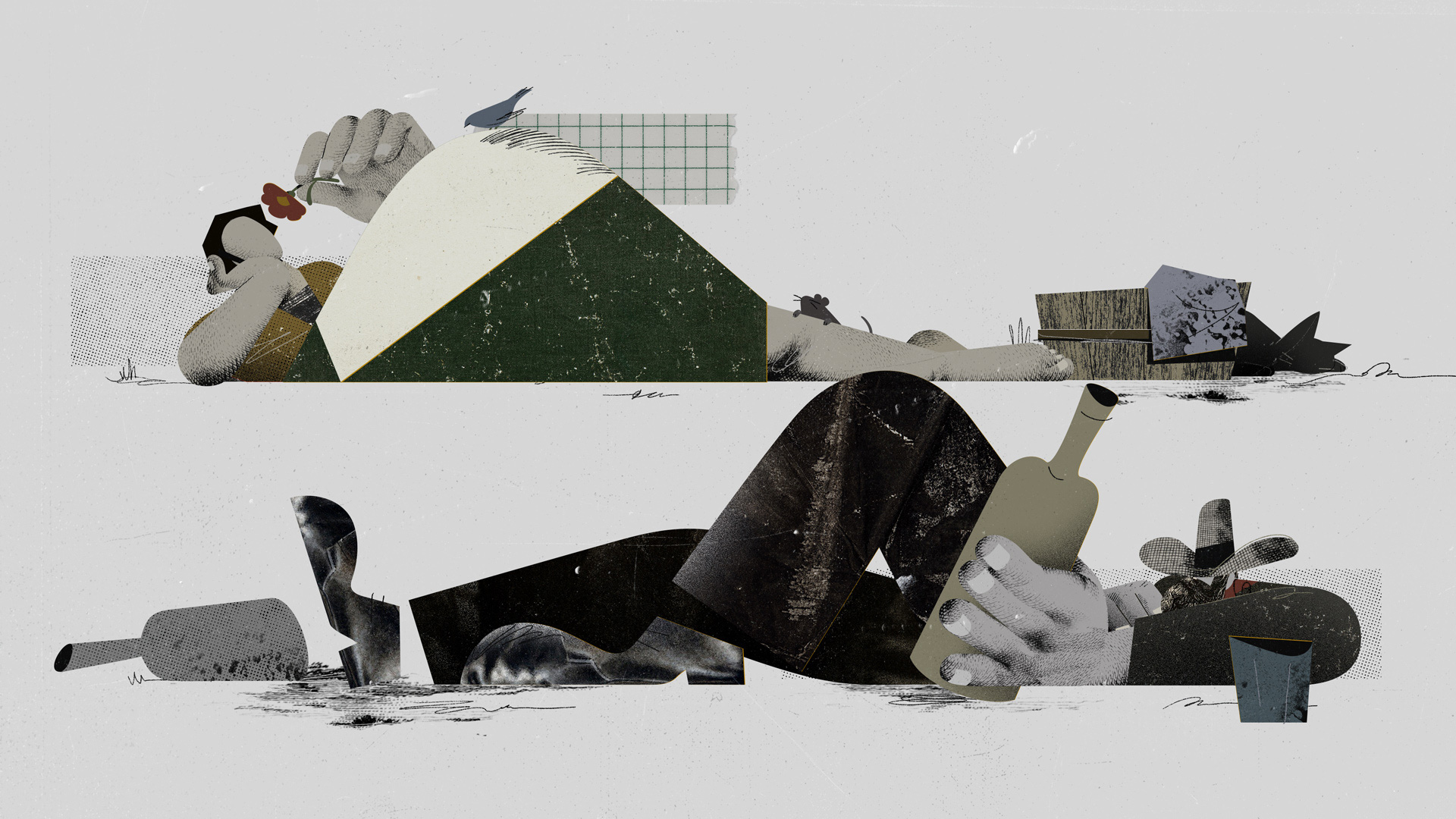

Storyboard
For this storyboard for the Raising the Floor documentary, we had to convey abstract notions in an easily understandable visual way. An excellent example of this is when we comprehend that what was being portrayed on the screen was actually a performance by a puppeteer - someone manipulating the story, very much like what takes place with fabricated and fake news.
Final Style Frames
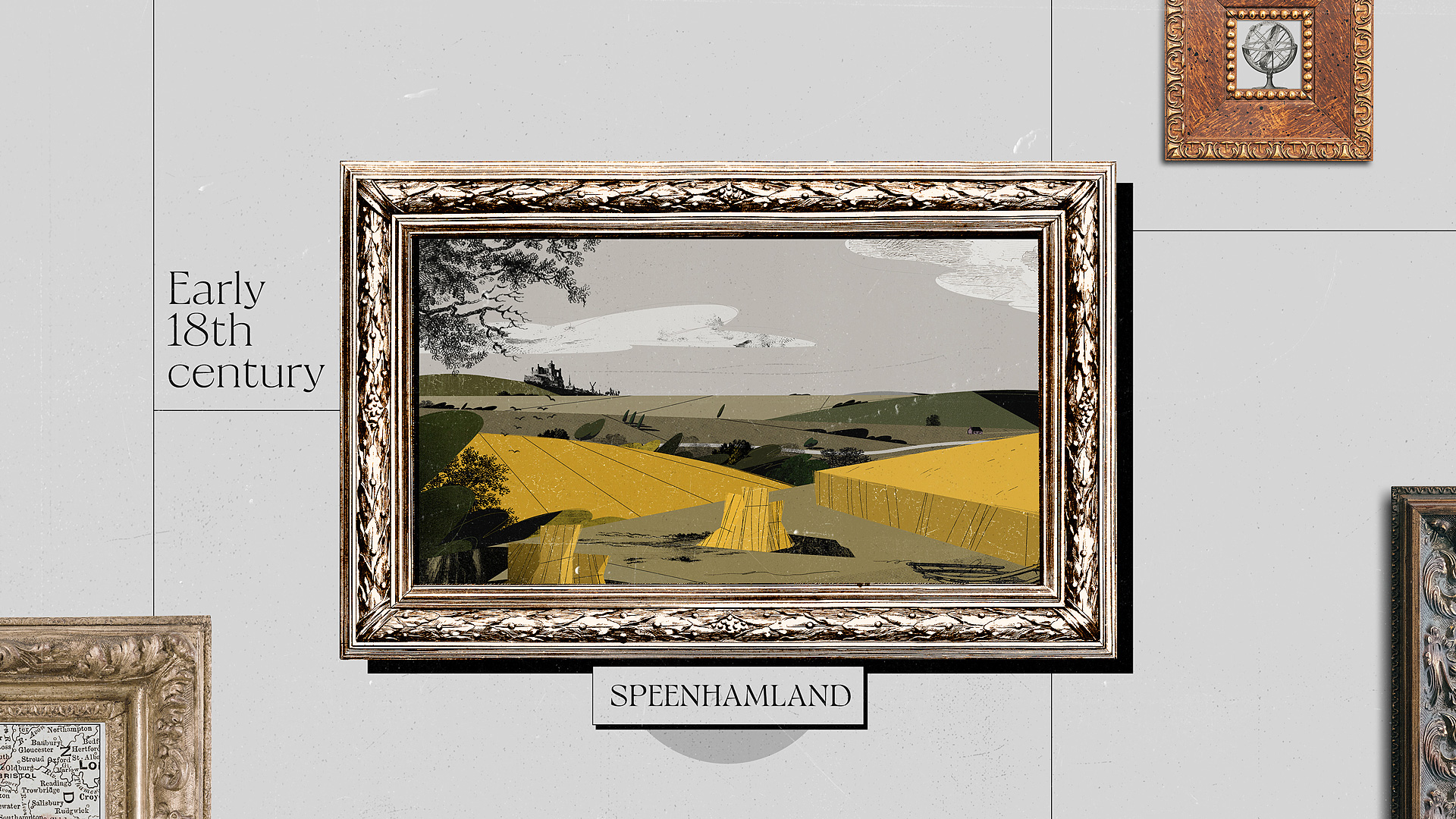
We utilized archival photos, illustrations, and paintings from 18th-century England to craft the visual solution of the project. Parts of texts from the original documents that documented the Speenhamland case were seamlessly incorporated into the design compositions.


The script addresses serious topics such as poverty, corruption, and hunger. Therefore, the color palette should not be vibrant or dark, but rather chosen in a sober tone to reflect the message.




Similar to the archival assets employed to create the designs, the color choice is also a reference to England in the early 18th century. We drew inspiration from artists such as John Constable, whose works accurately portray the reality of the time.



Having determined the collage aesthetic for the entire project, we encountered the difficulty of figuring out how to impart emotion in the characters. With limited archival options available, we arrived at the solution of constructing collages for the faces, thereby permitting us to manipulate the features and create highly expressive characters.



Storyboard
For this storyboard for the Raising the Floor documentary, we had to convey abstract notions in an easily understandable visual way. An excellent example of this is when we comprehend that what was being portrayed on the screen was actually a performance by a puppeteer - someone manipulating the story, very much like what takes place with fabricated and fake news.
Credits
Production:
Studio Hi-Lo
Creative Director:
Diego Coutinho and Bruna Imai
Art Director:
Bruna Imai
Design:
Diego Coutinho, Bruna Imai
Animation:
Rafael Morinaga, Diego Coutinho
